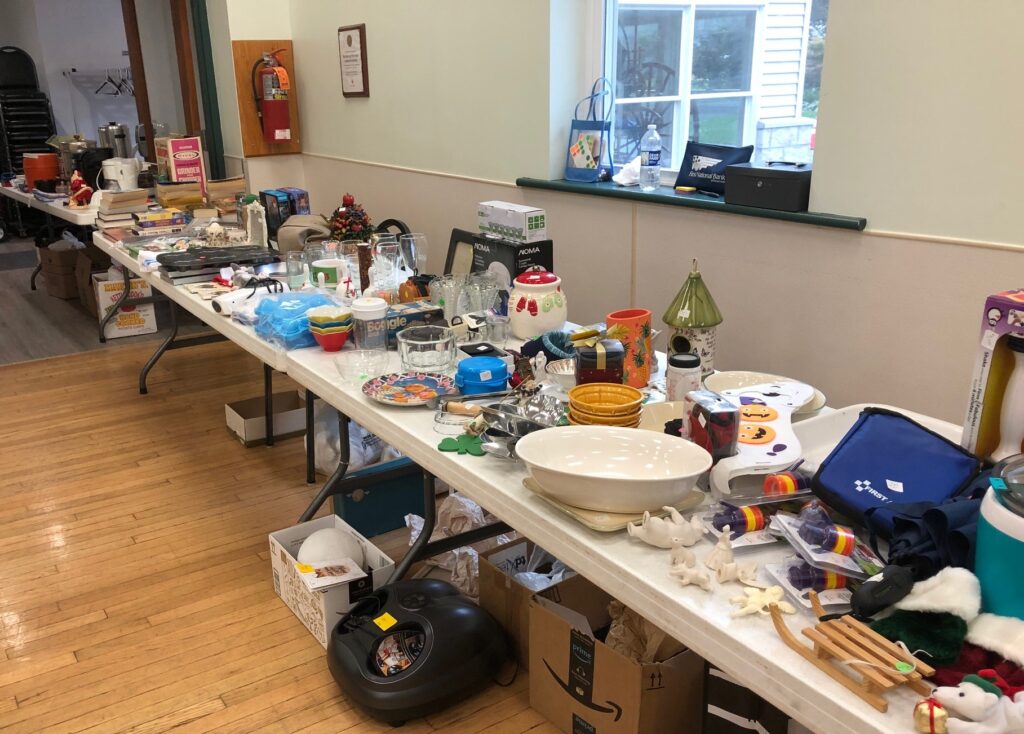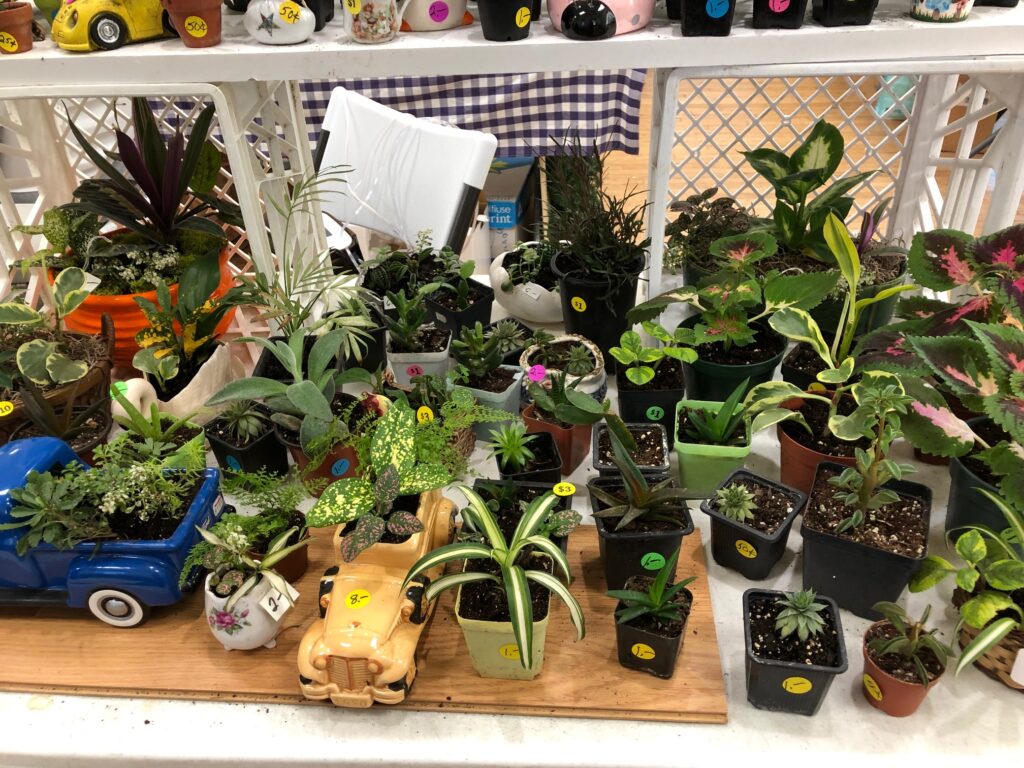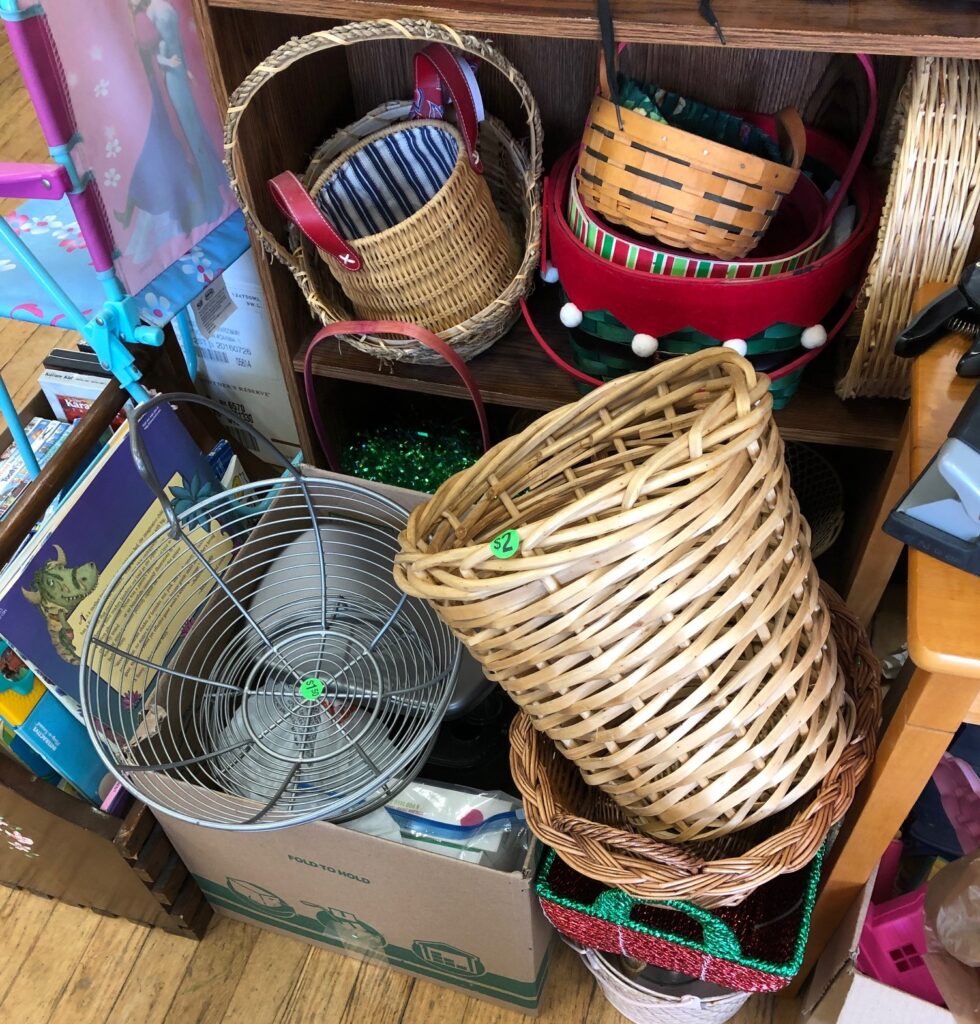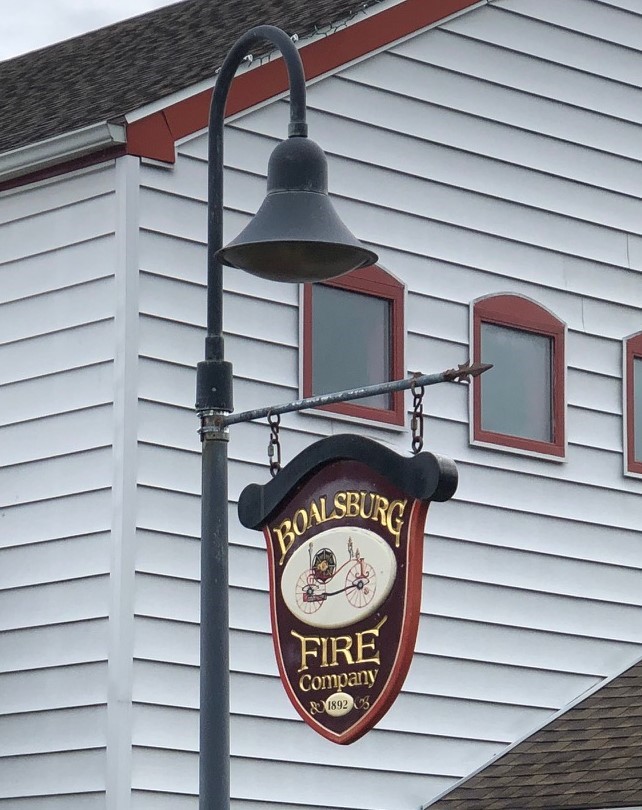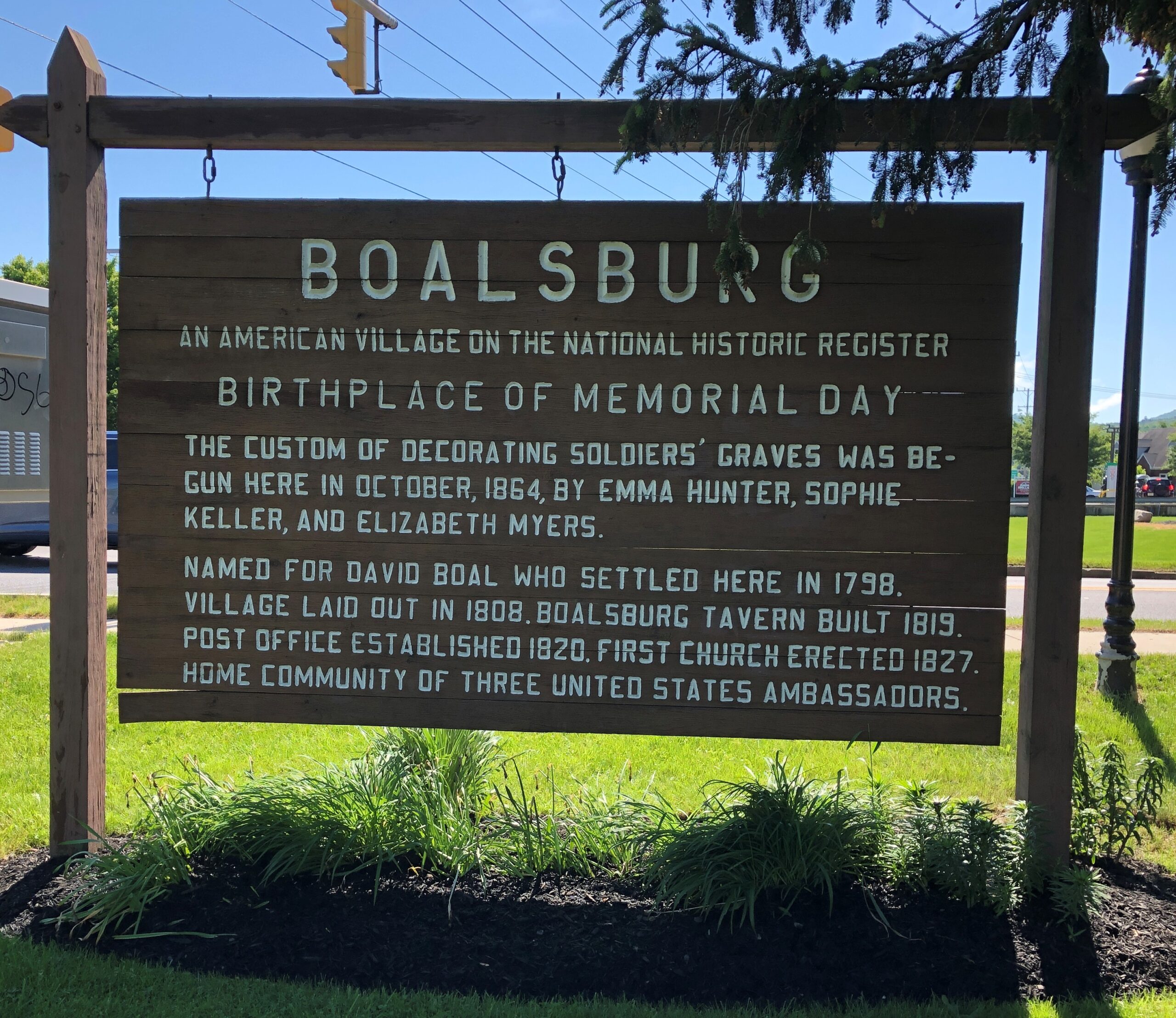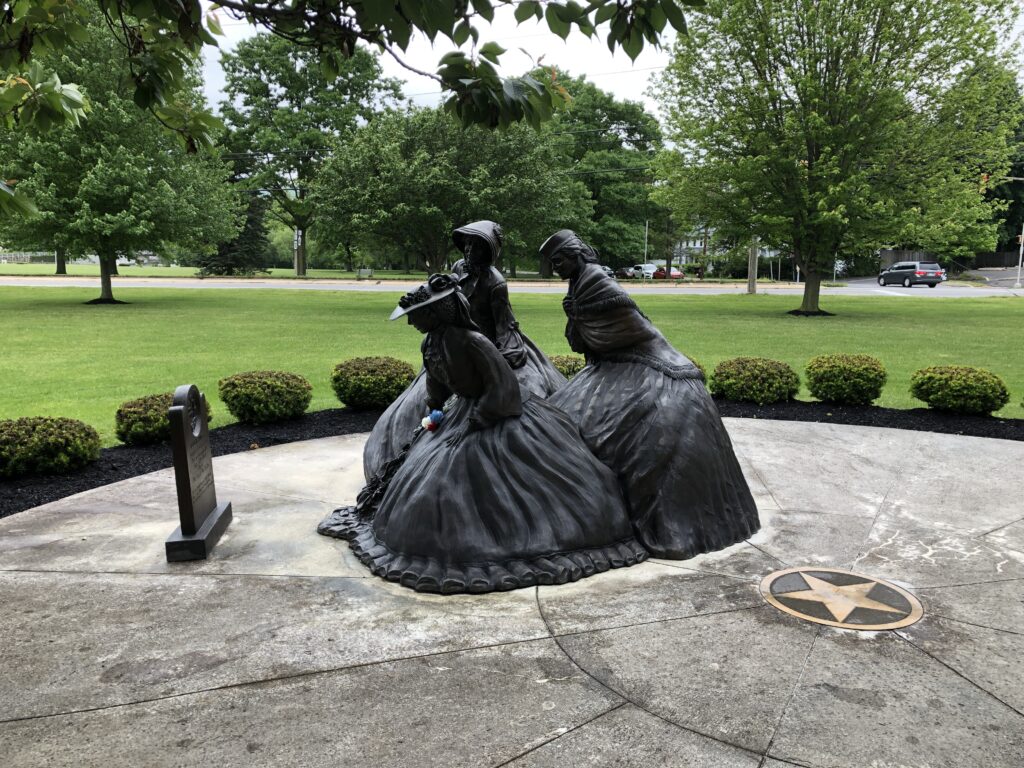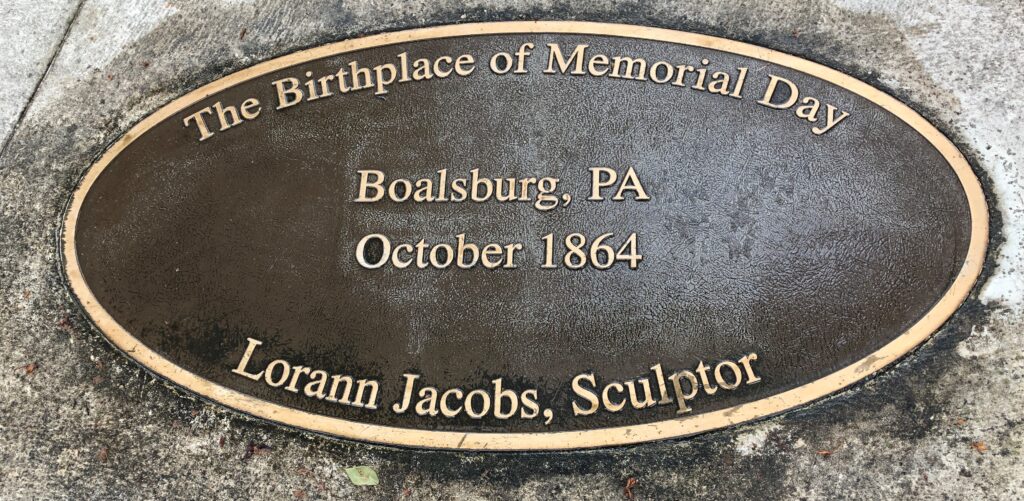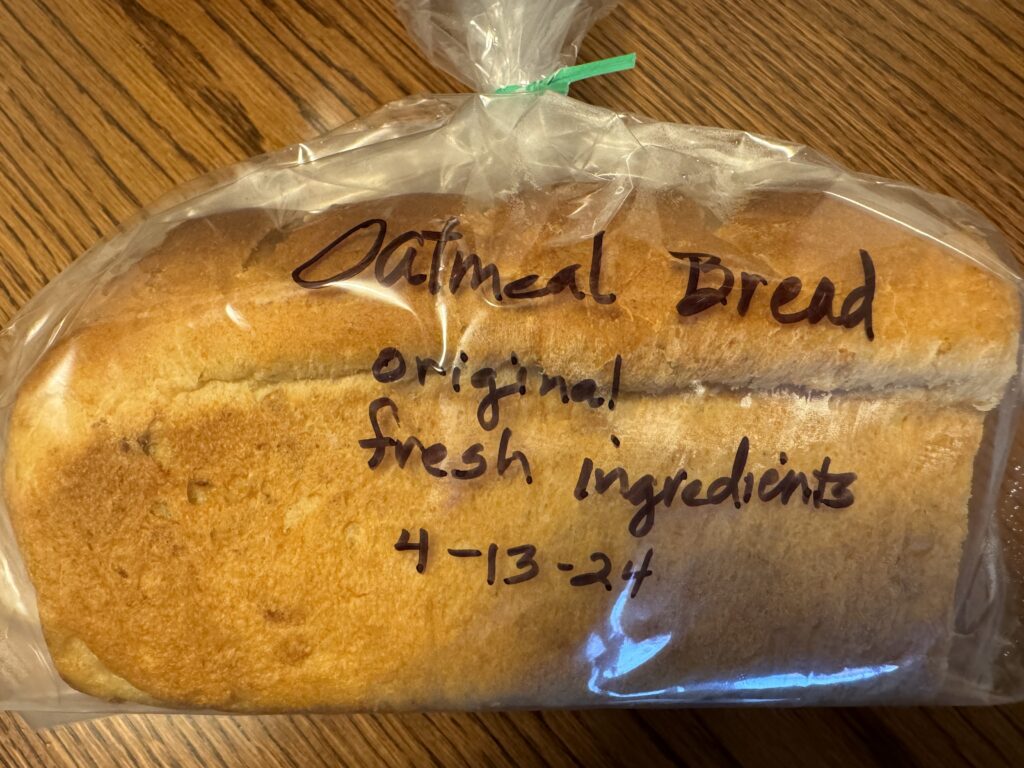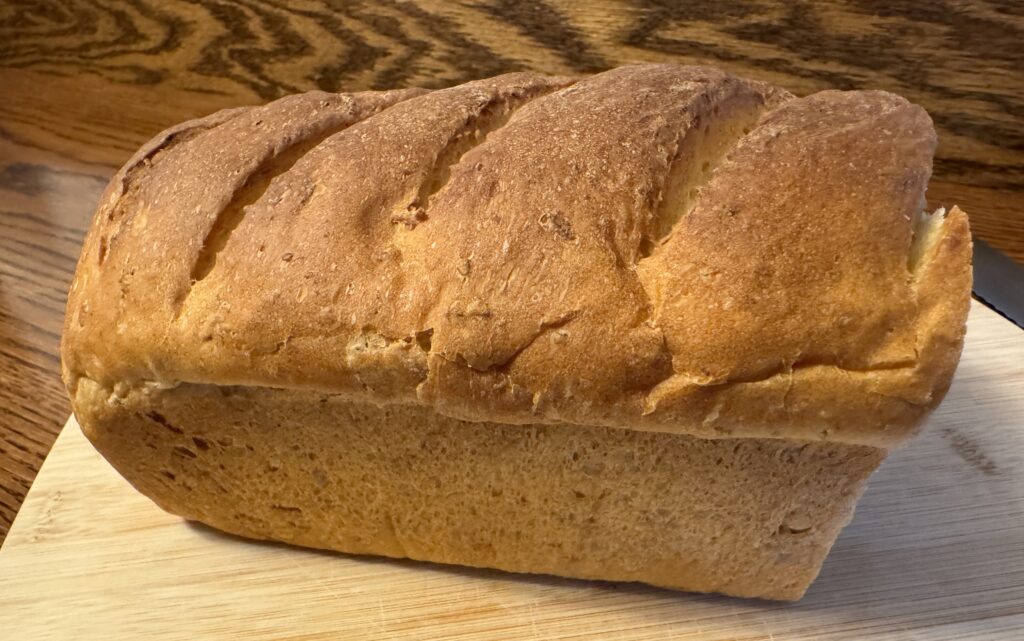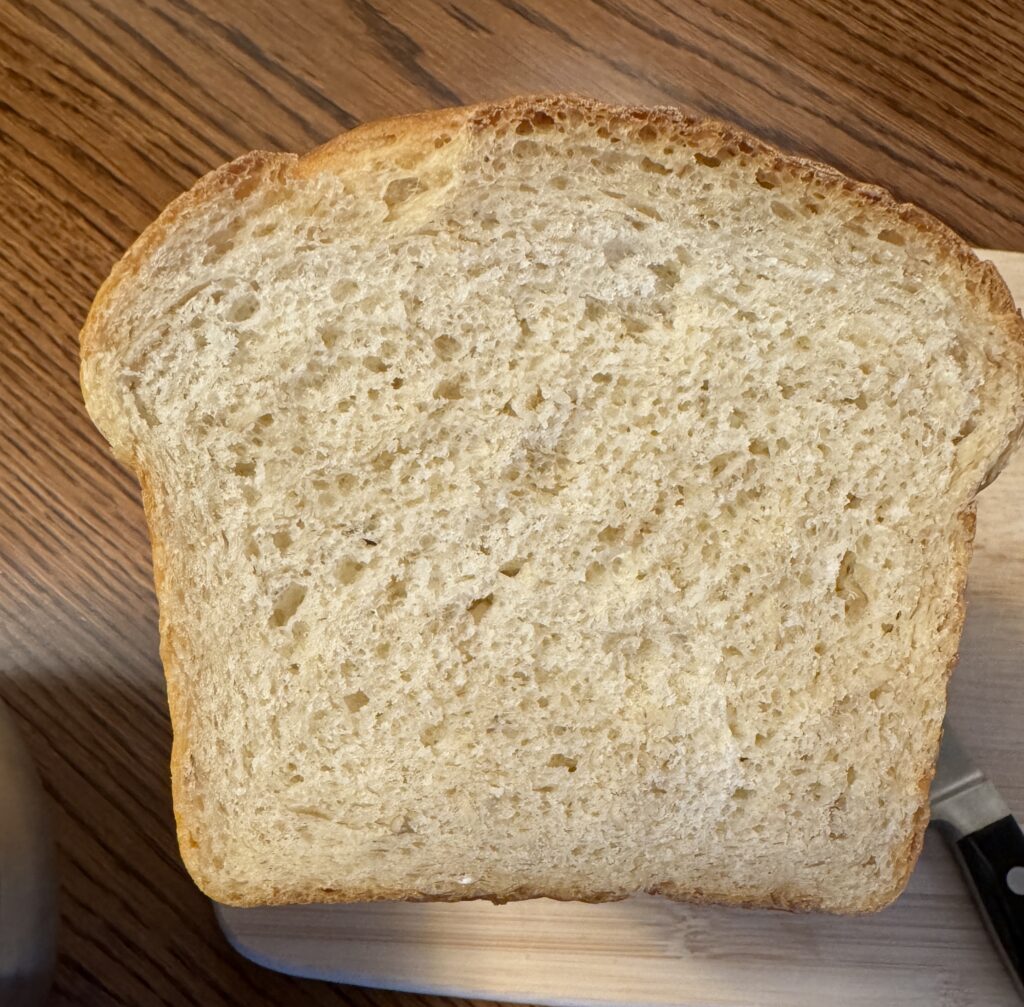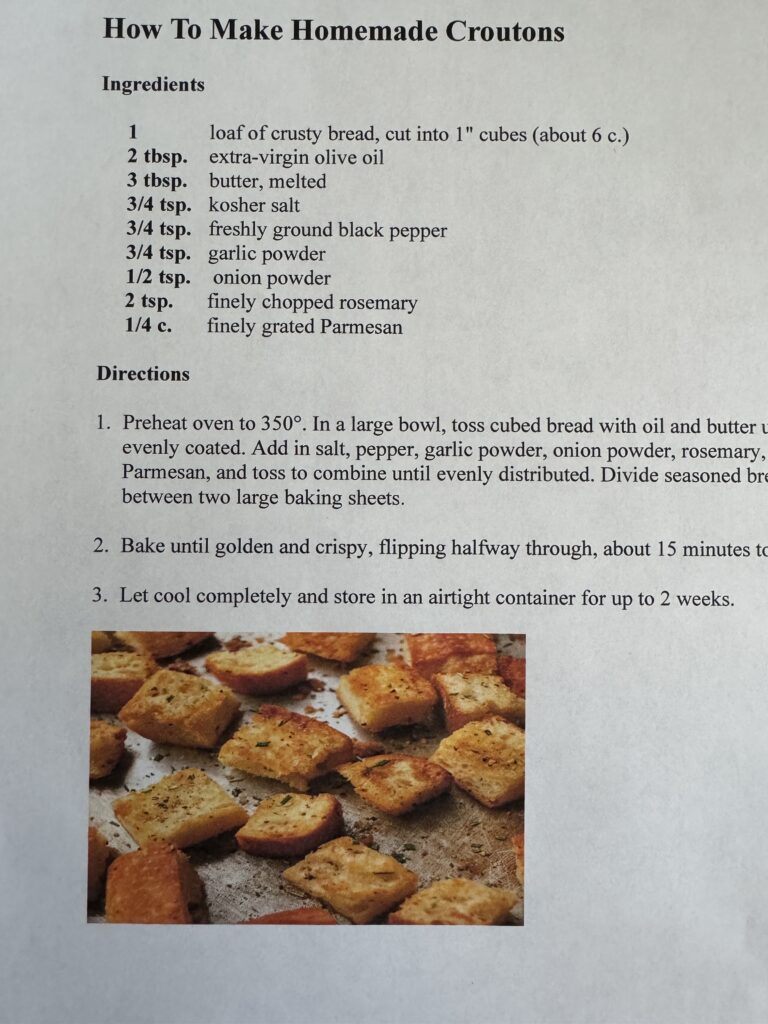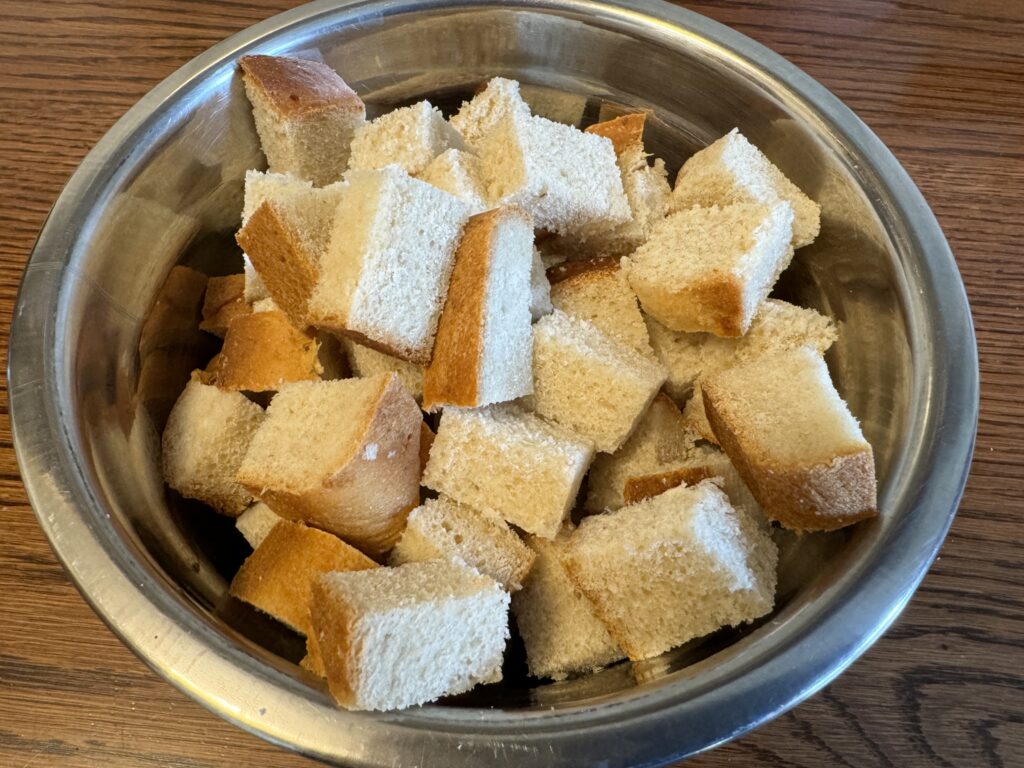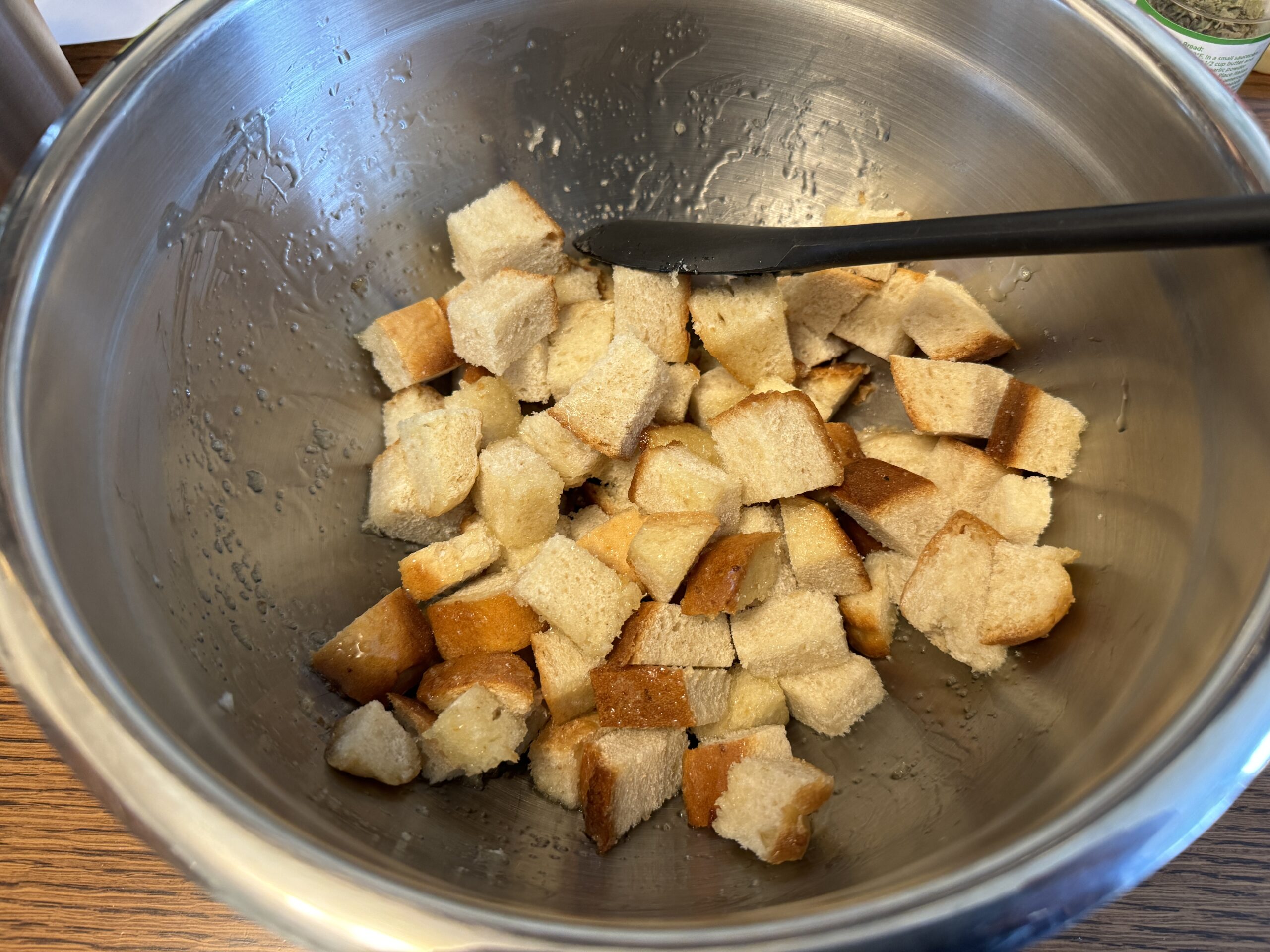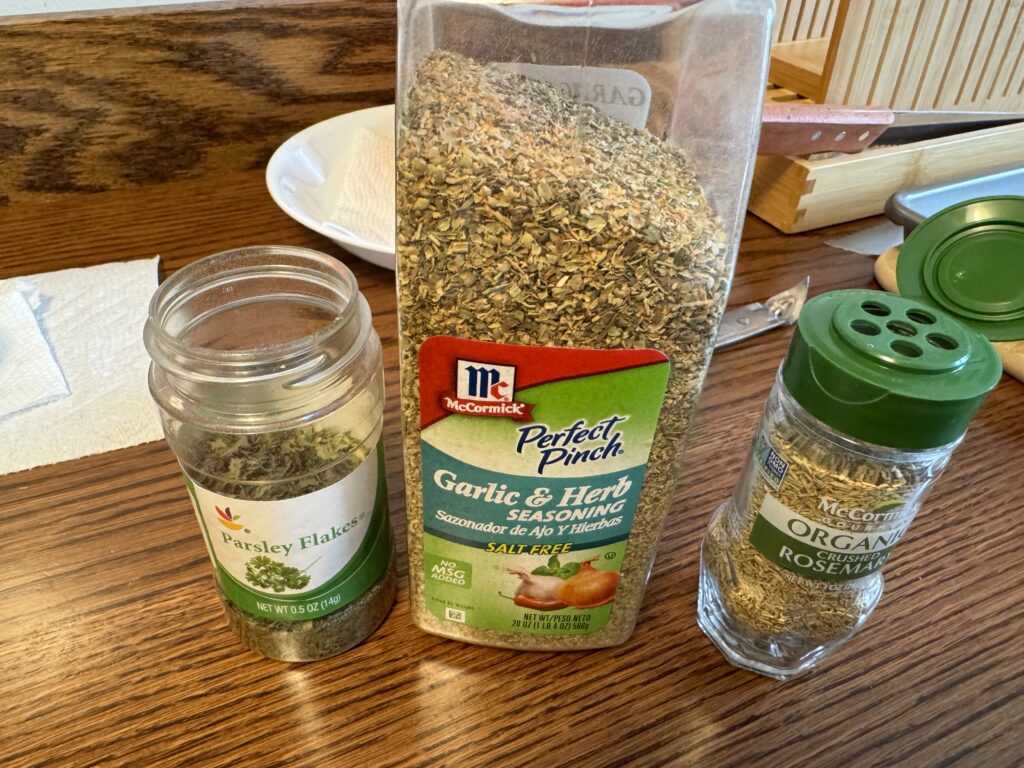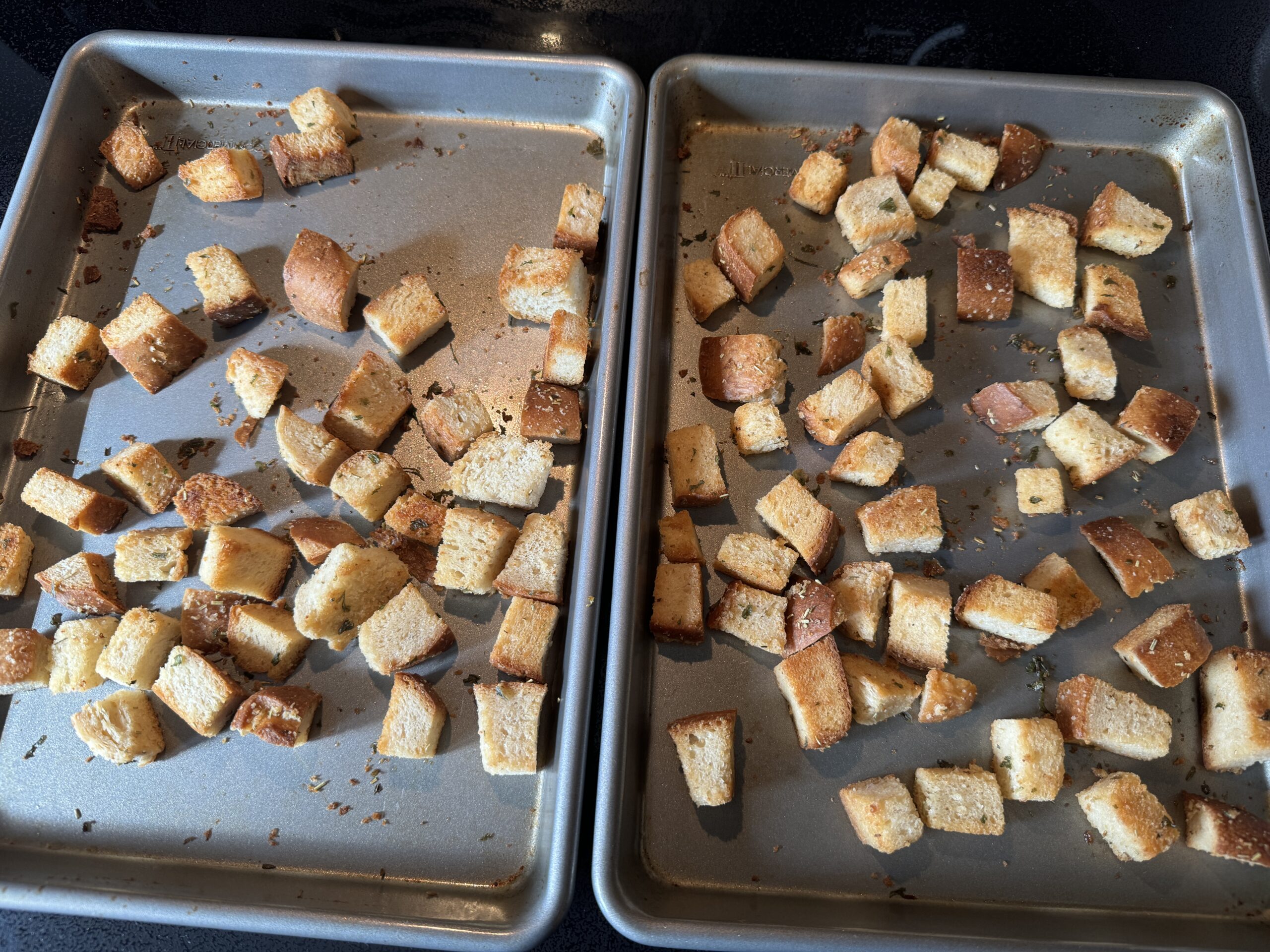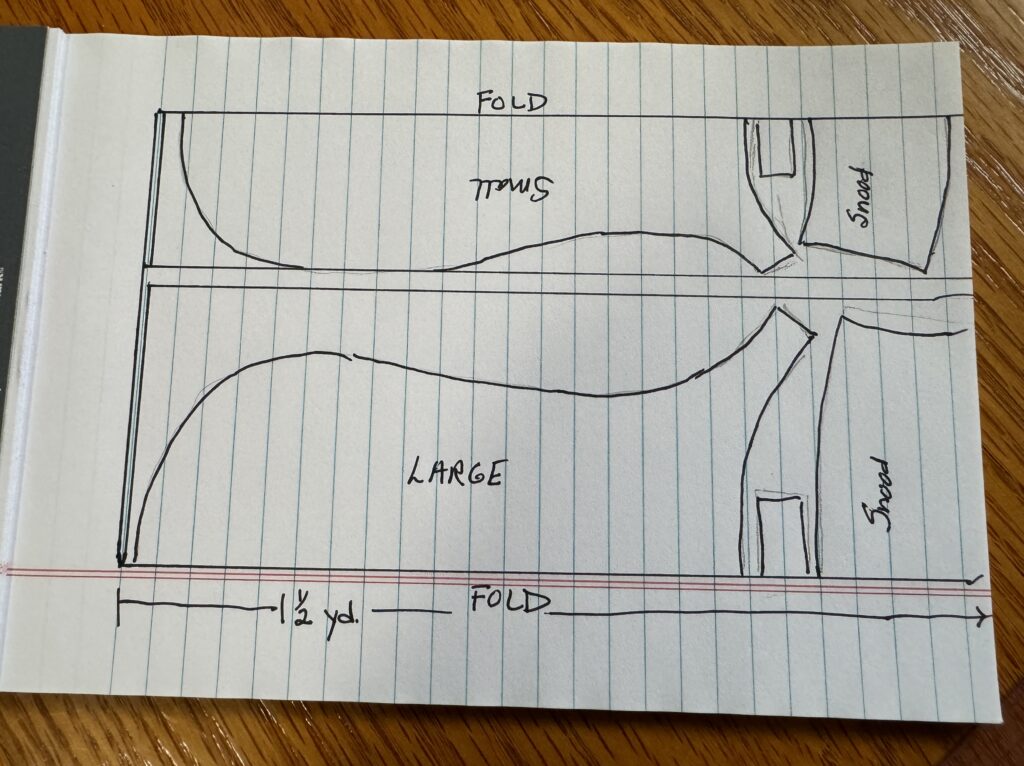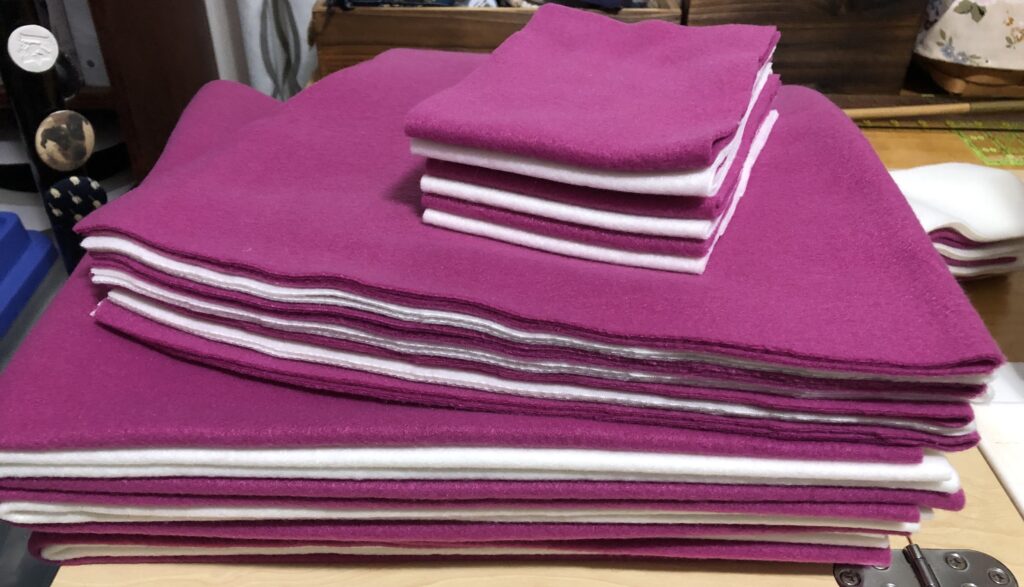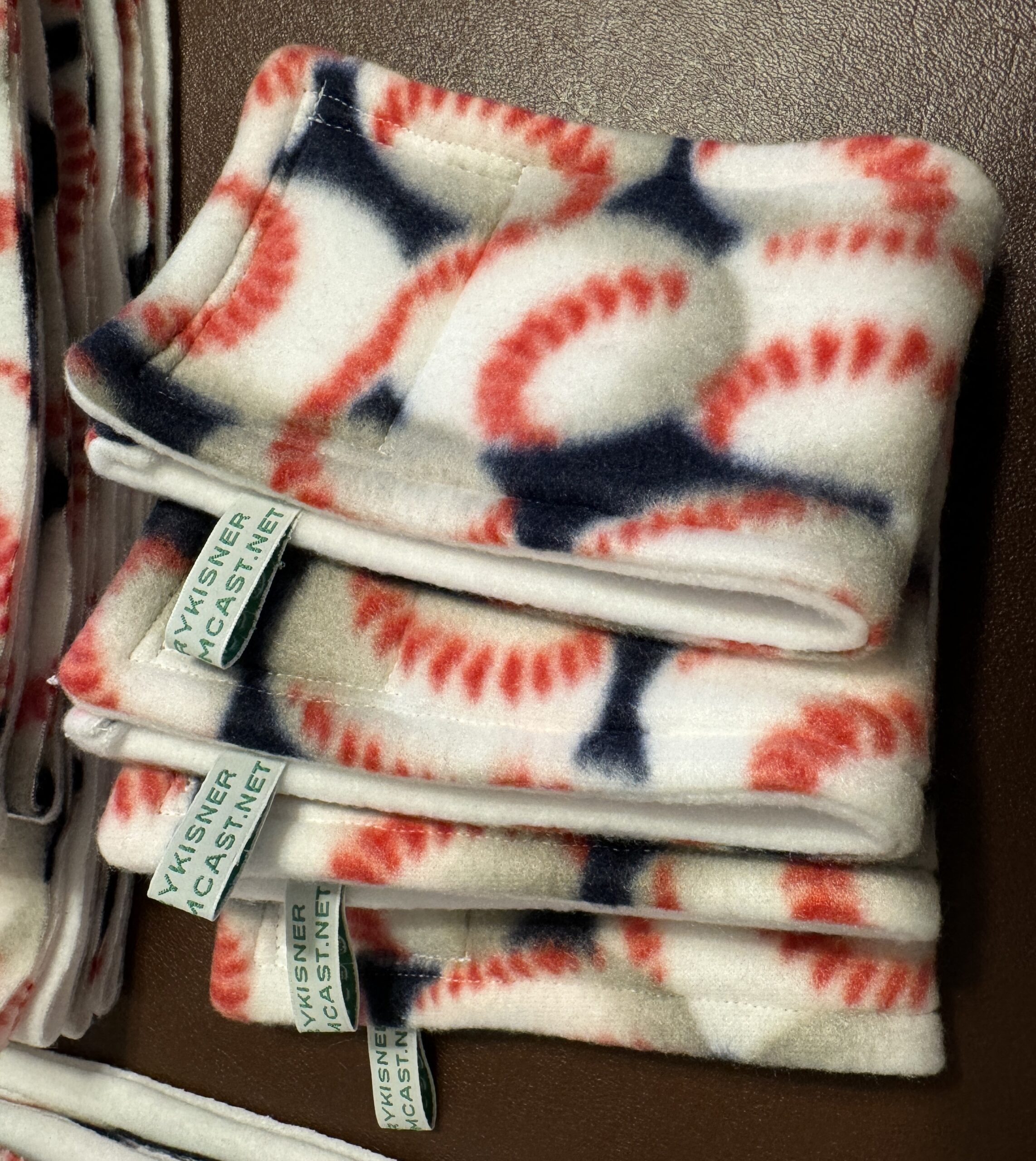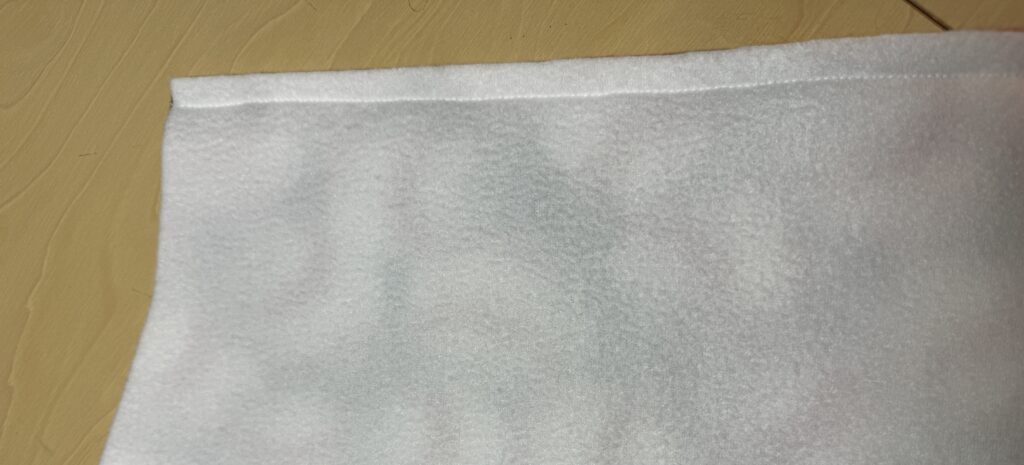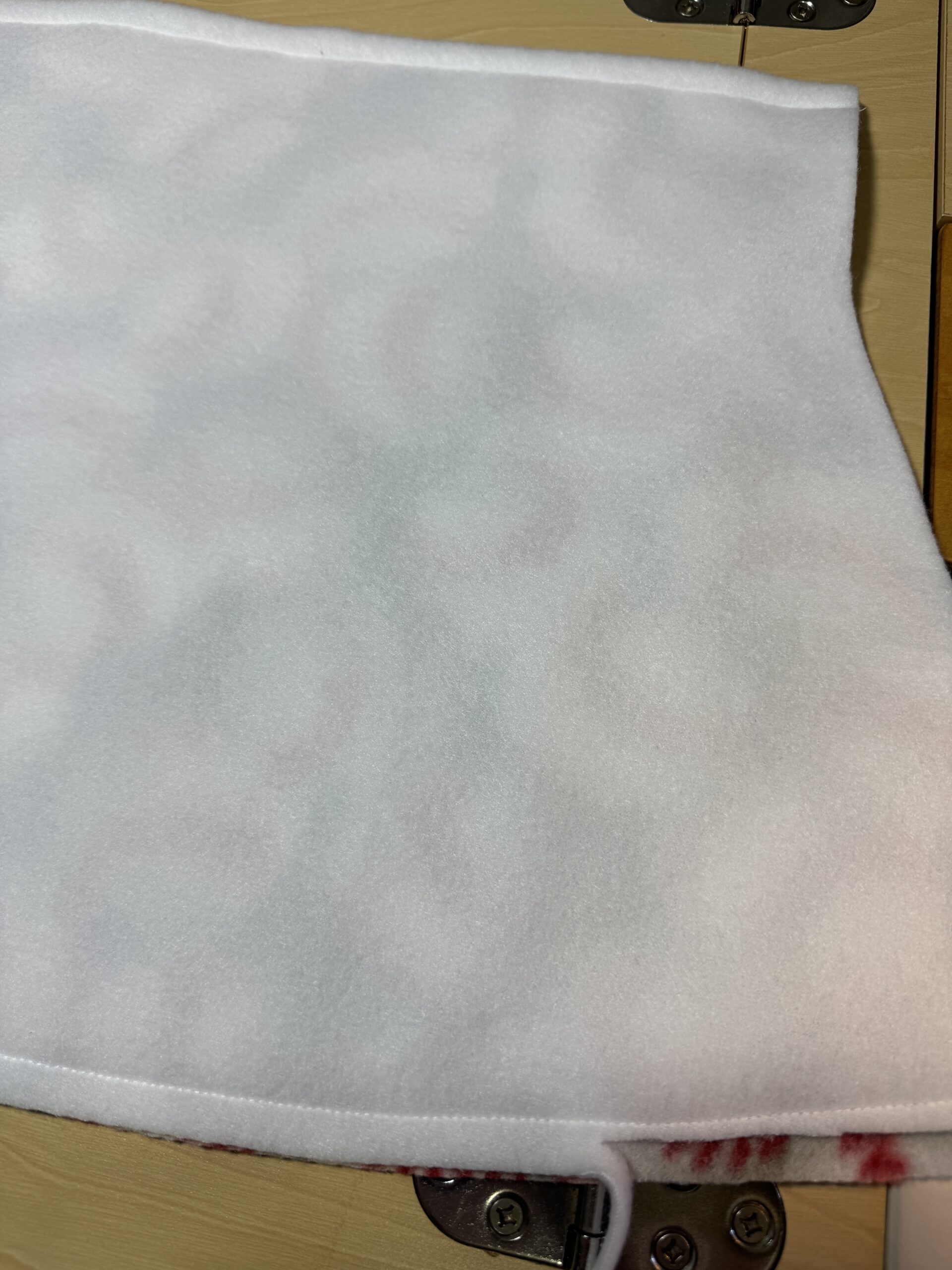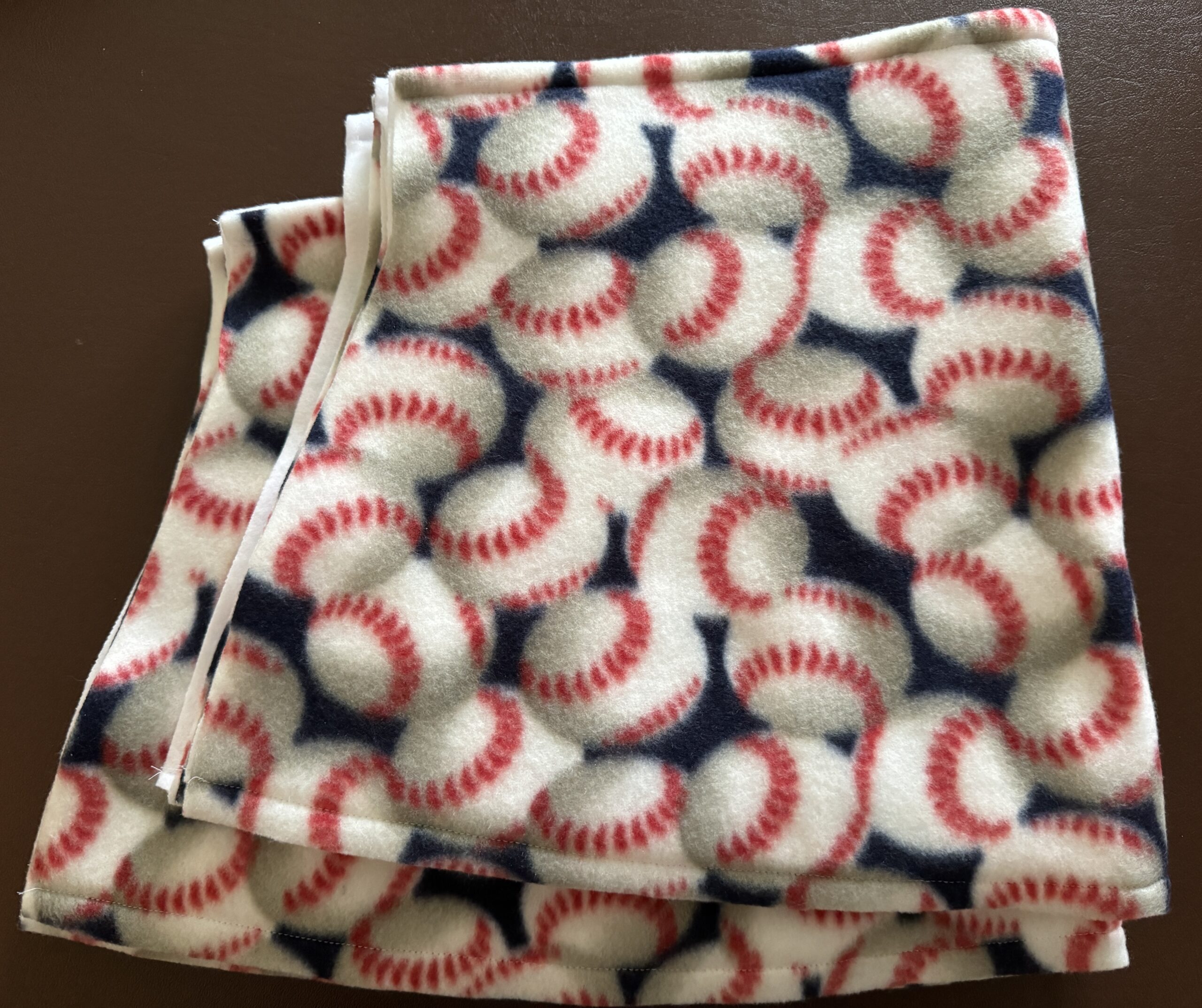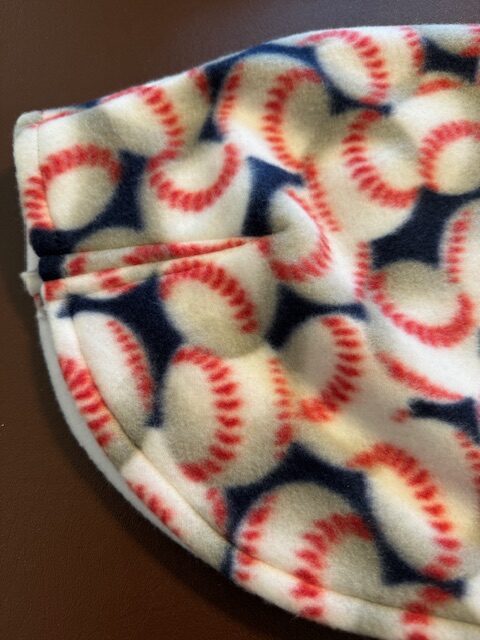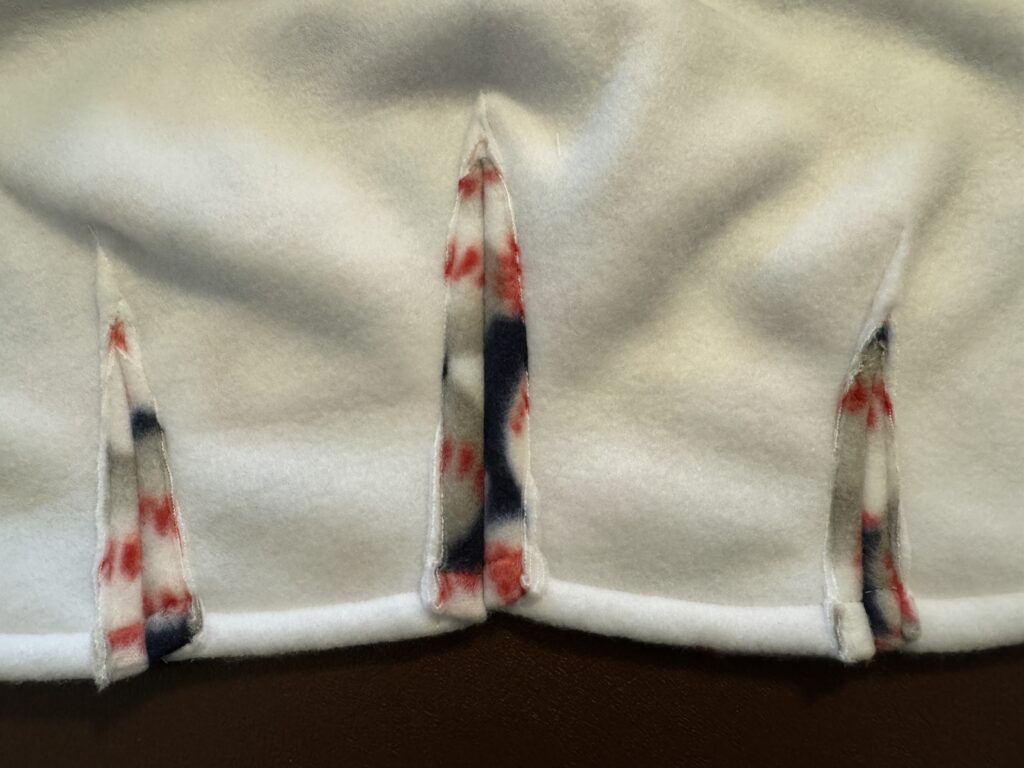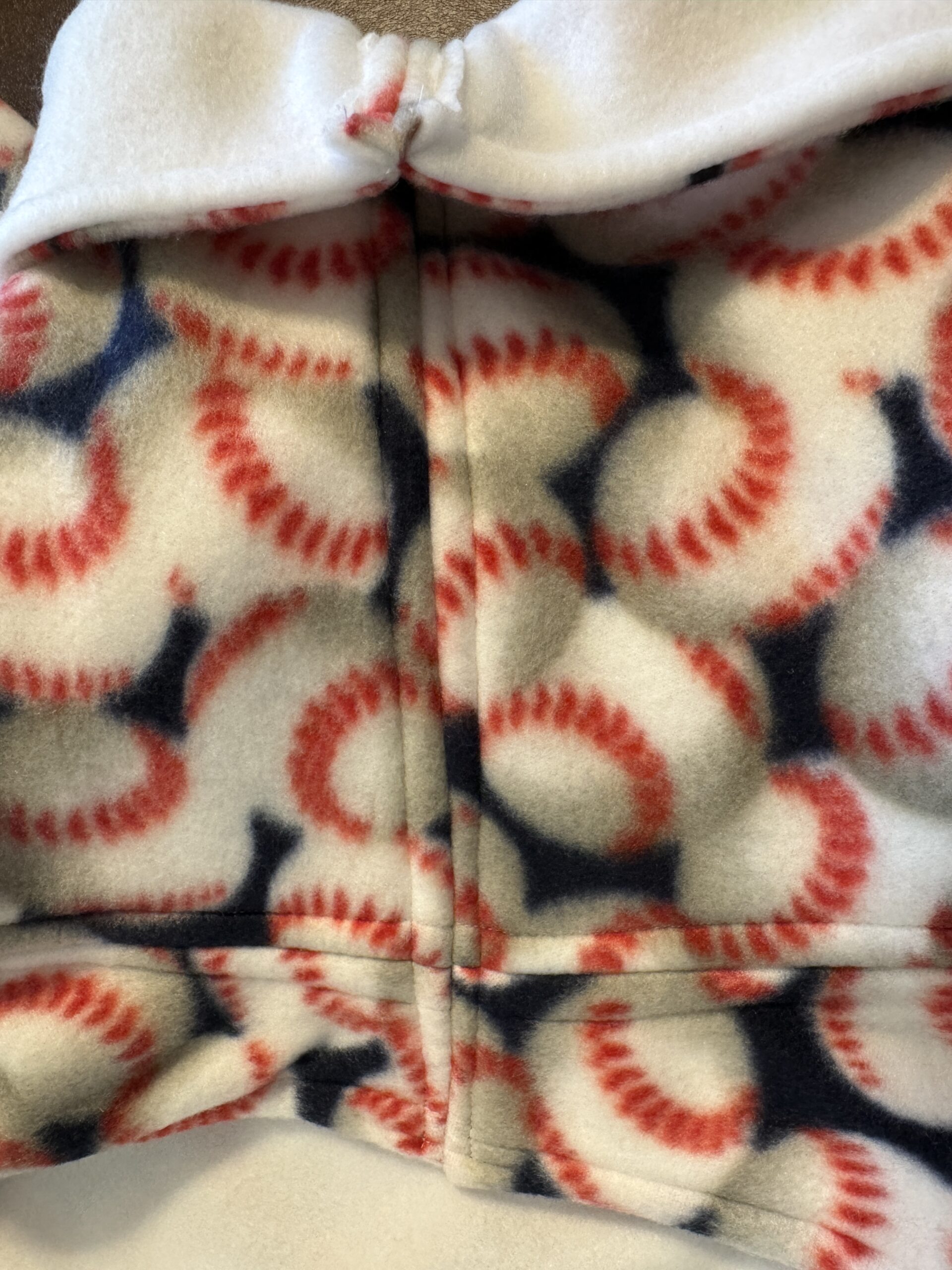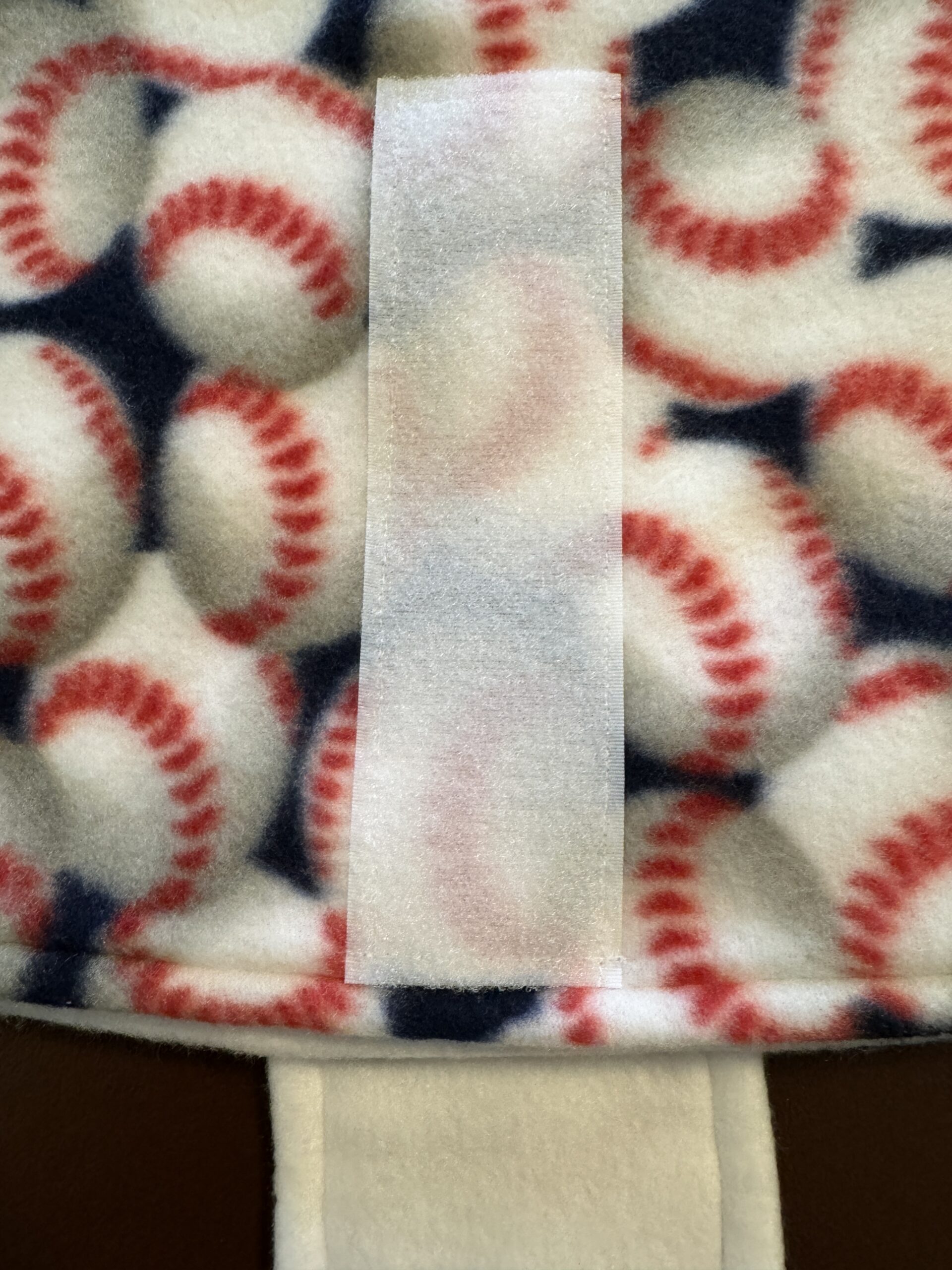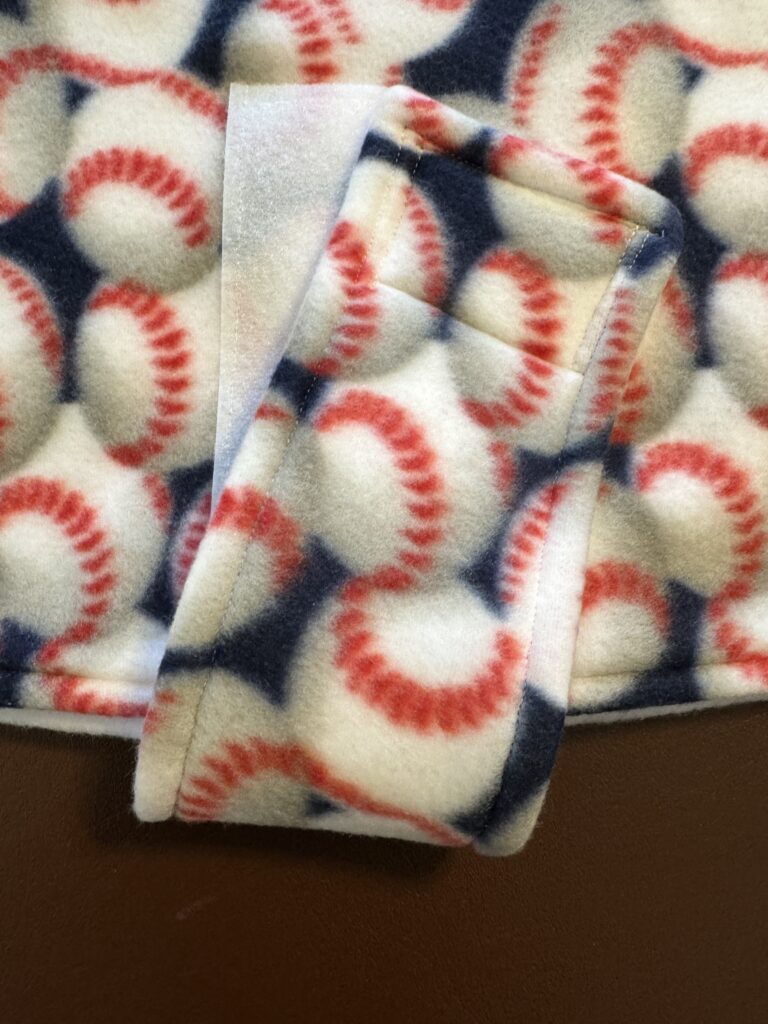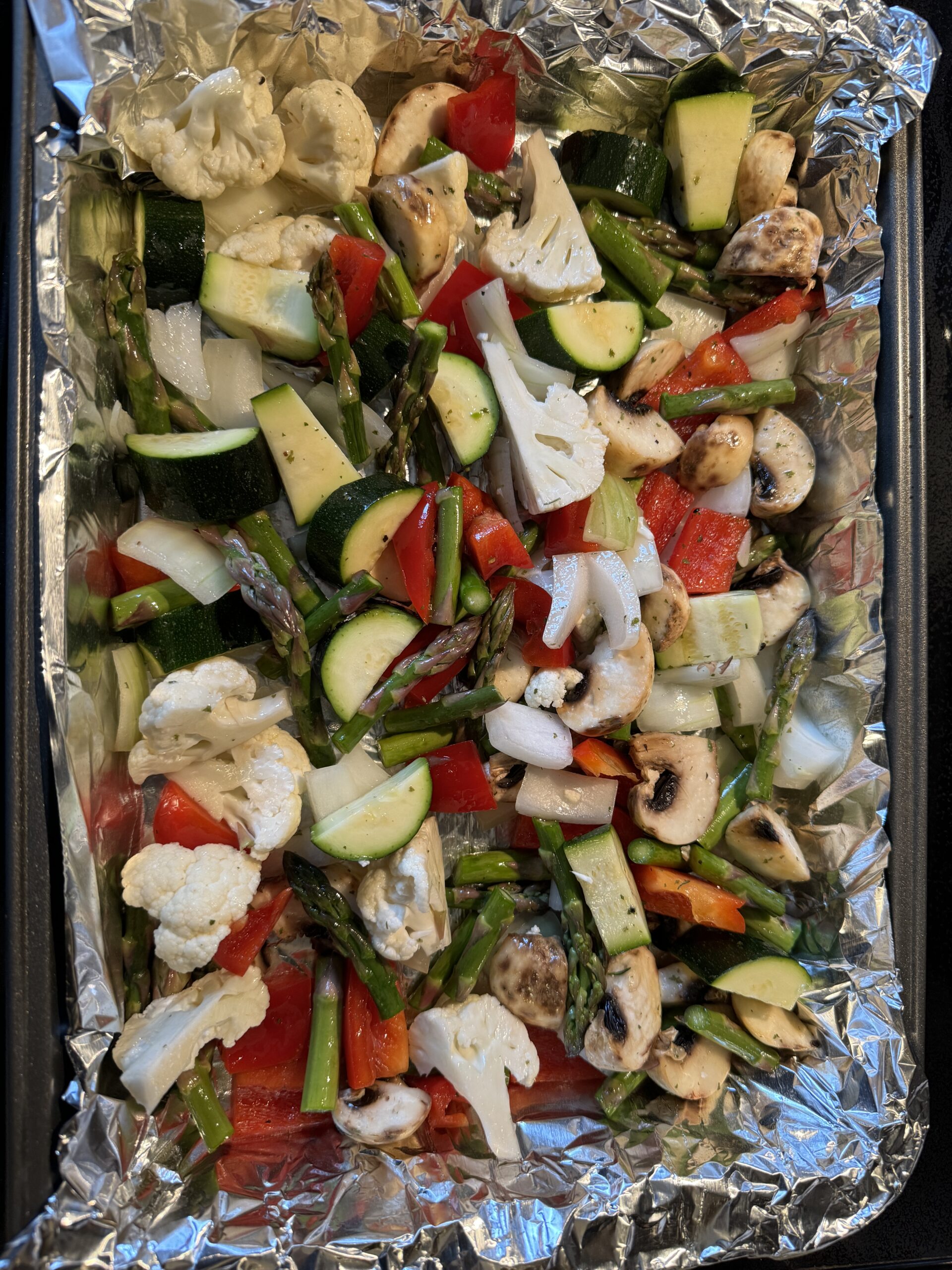It’s finally time to start getting the garden ready for this year! We’ve had so much rain that it really kept us from playing in the dirt! The grass has benefitted from all the water and is a lush bright green.
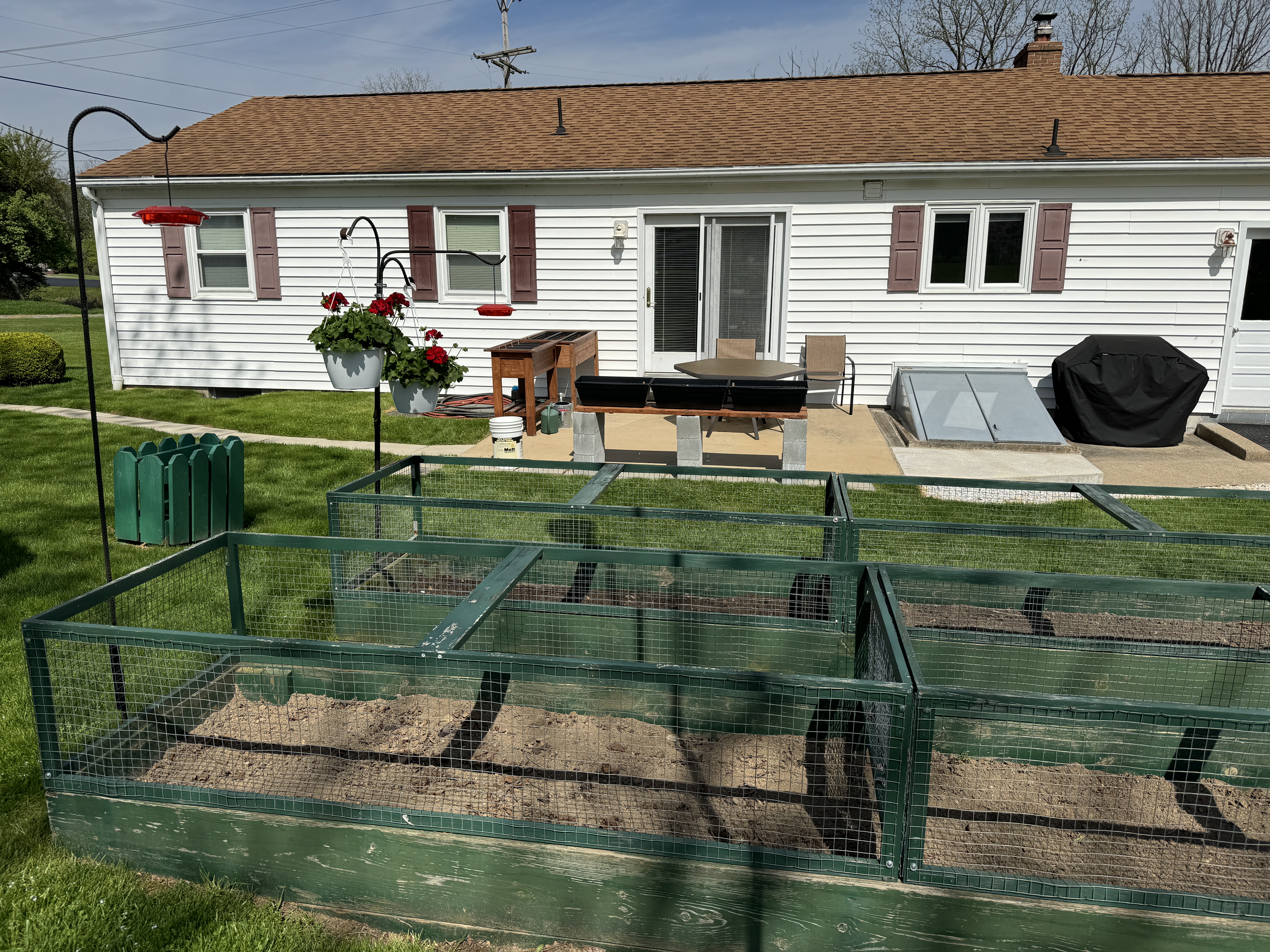
Garden beds have just been too soggy until today. We still may have a frost at night so sensitive plants need to wait a few more weeks indoors.
The three kinds of tomatoes Bert started from seed are doing well in the shop under grow lights. First, we have our standard SuperSauce tomatoes:
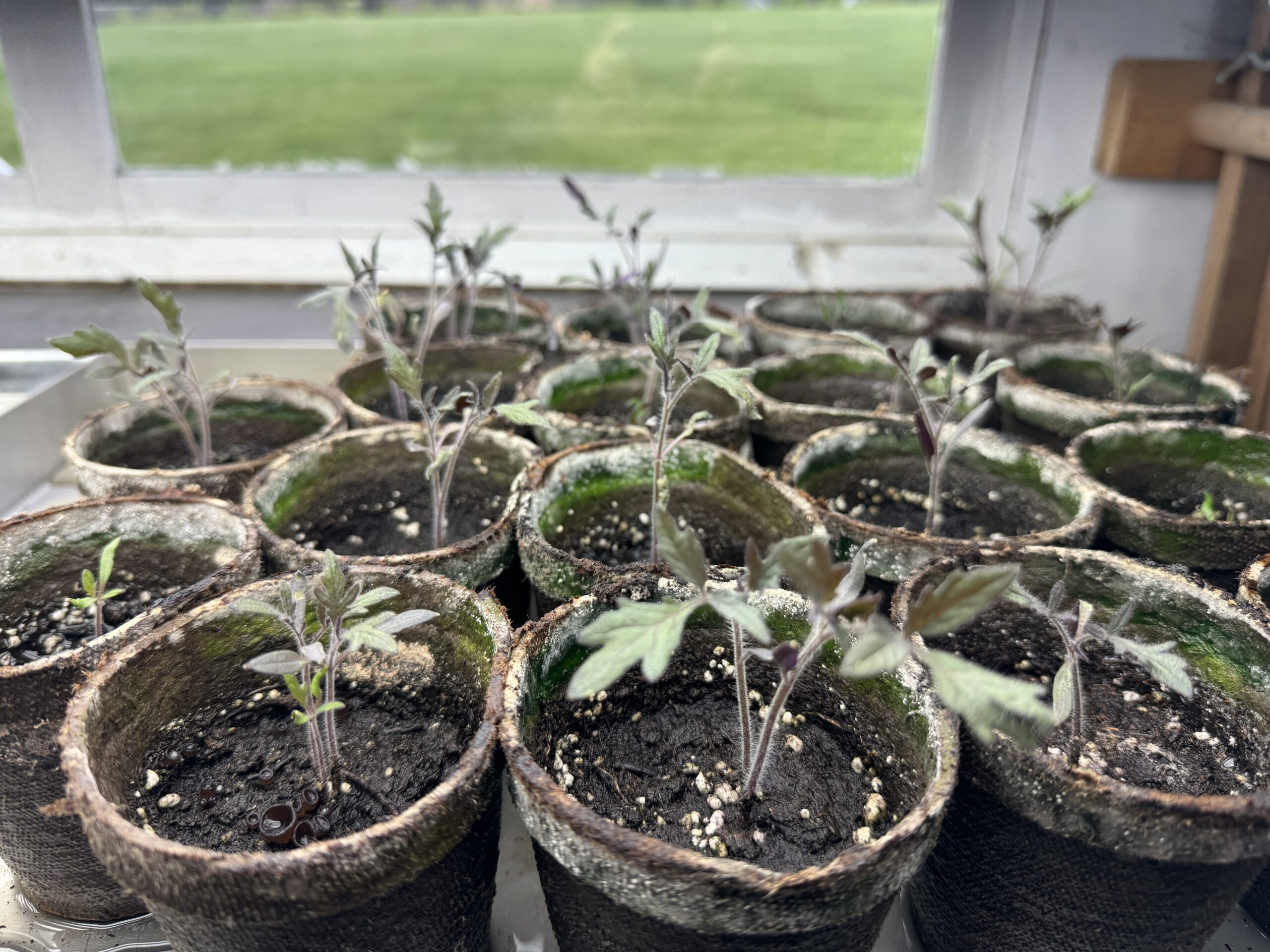
Then Bert thought he’s try something called “Bodacious” Tomatoes from Burpee…supposed to be a huge, solid tomato:
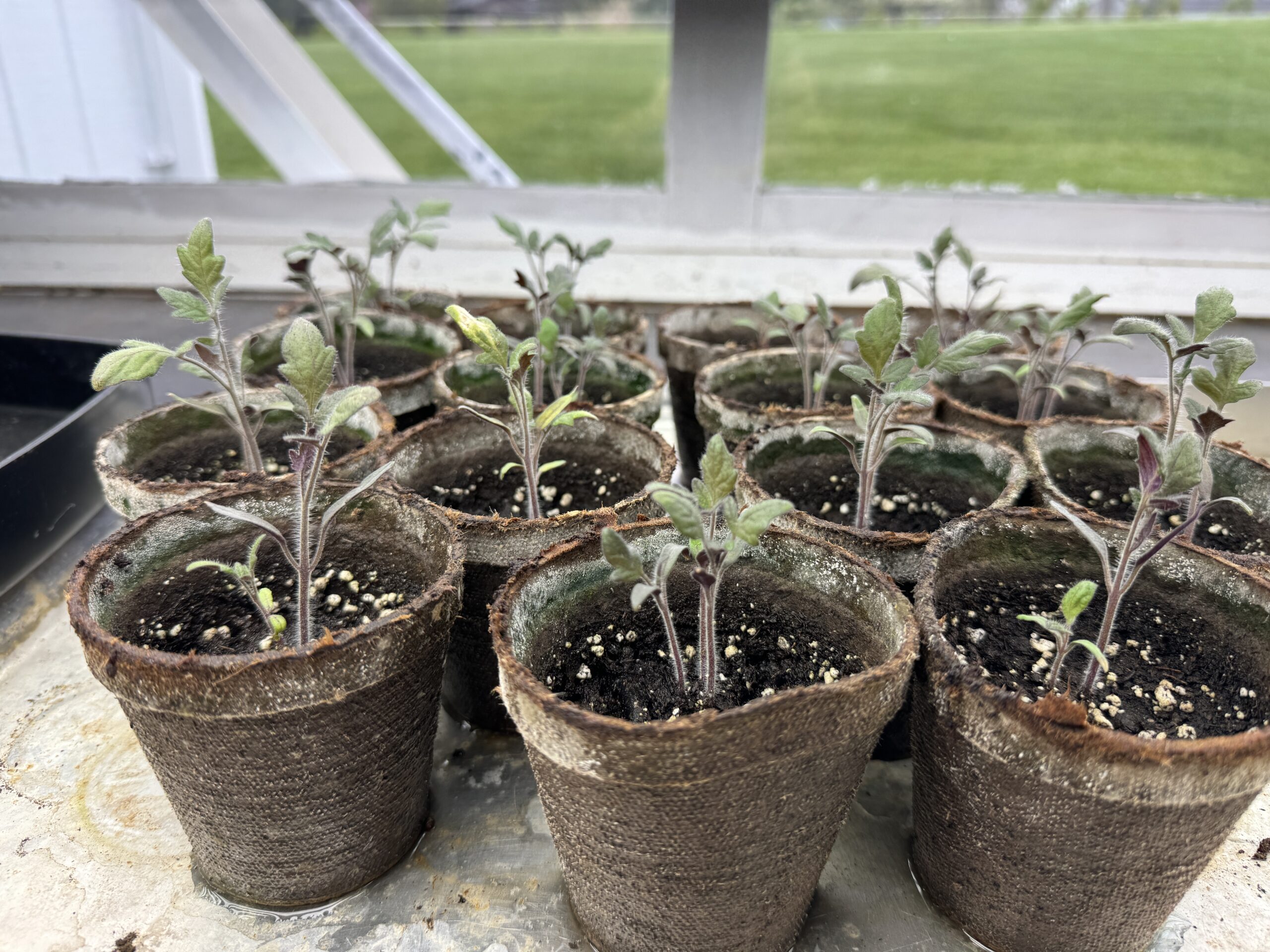
Finally, I requested a Yellow Pear tomato…hopefully will be good in salads. I’m hoping I can share a few plants with my daughter or the neighbors…we certainly don’t need that many little tomatoes!
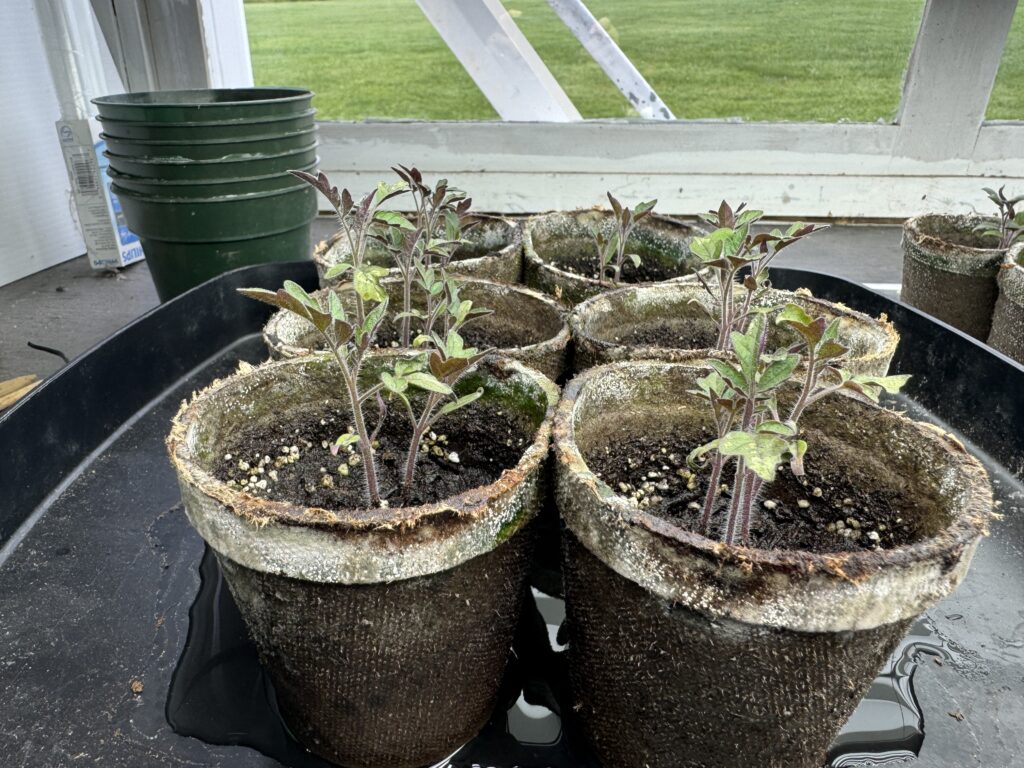
Frankly, right now they all look like generic tomato plants!
Today, I got out the seeds I’ll put in my planters right by the patio:
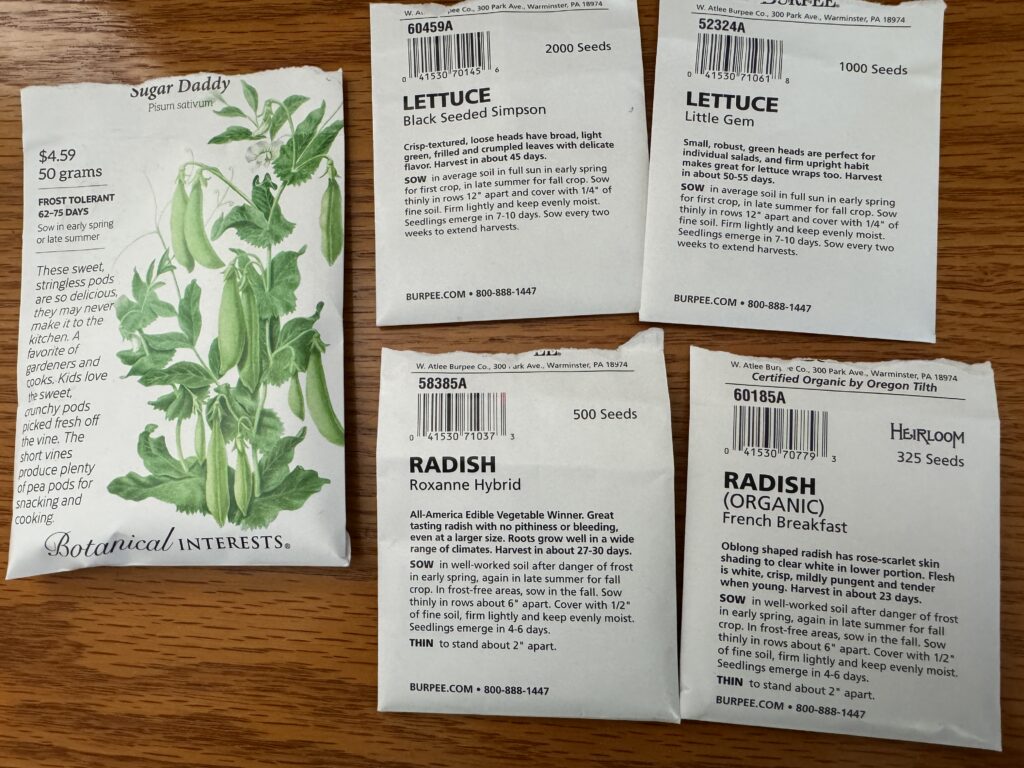
These planters will hold two kinds of radishes and the Black Seeded Simpson Lettuce:
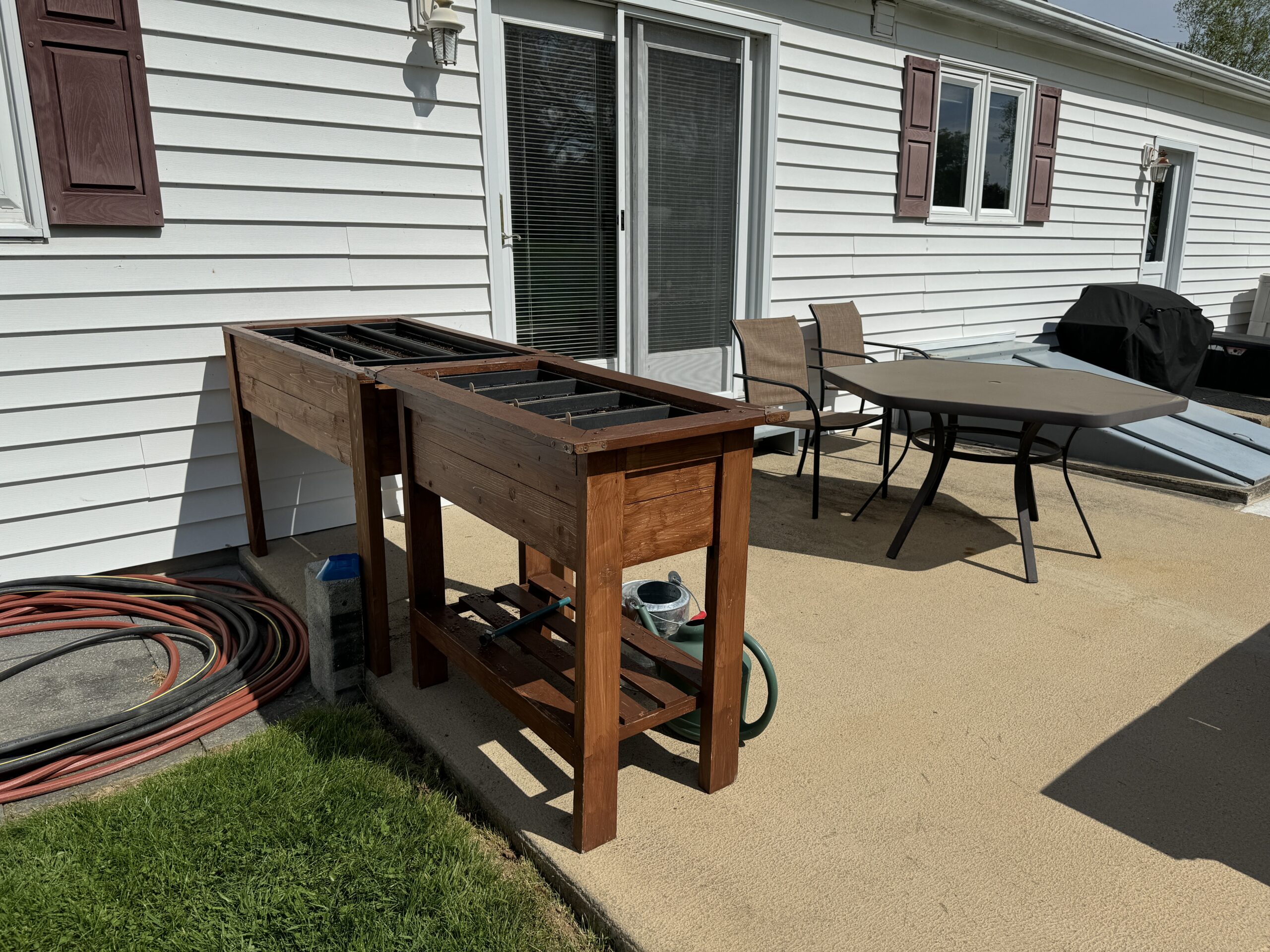
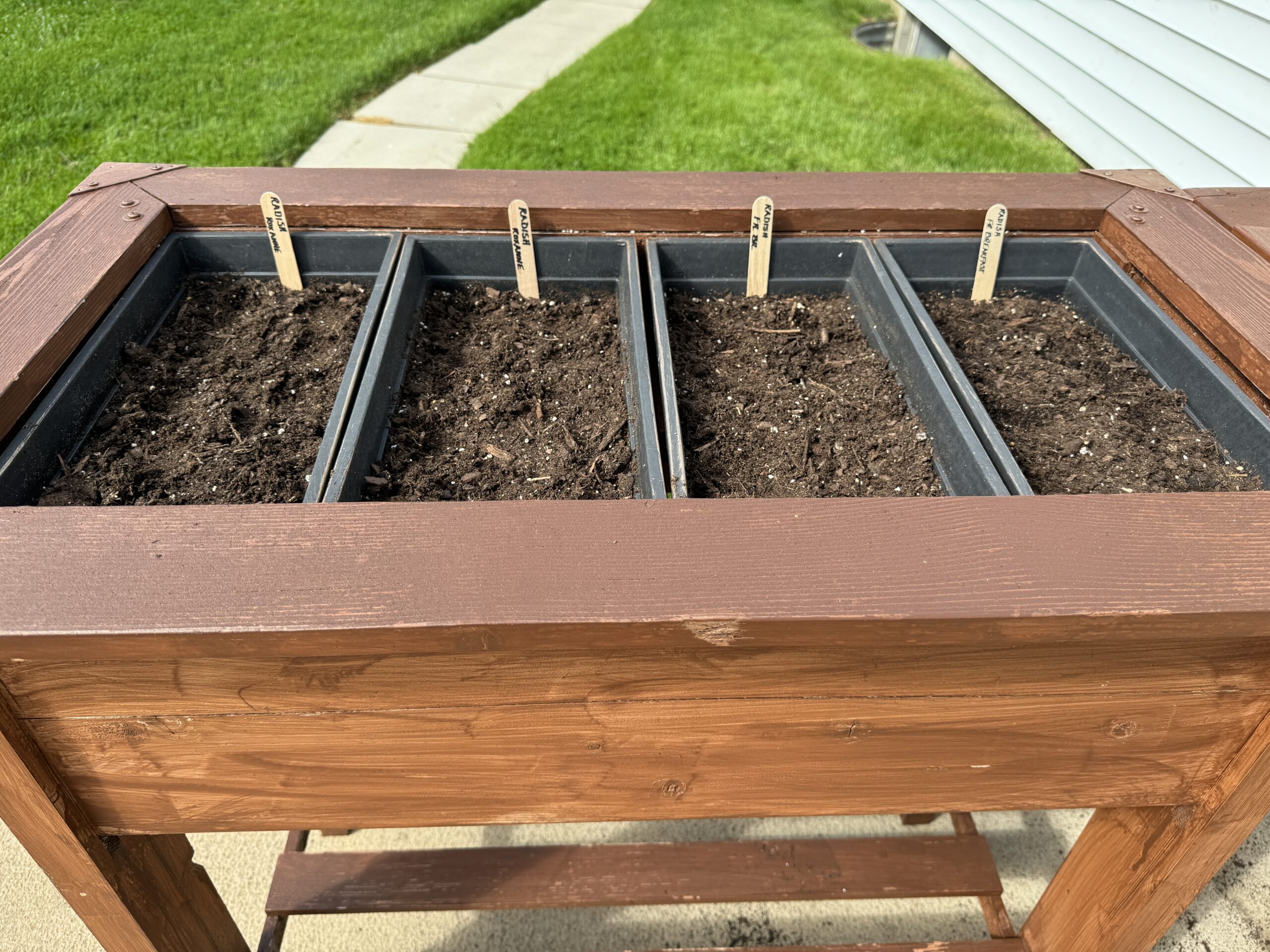
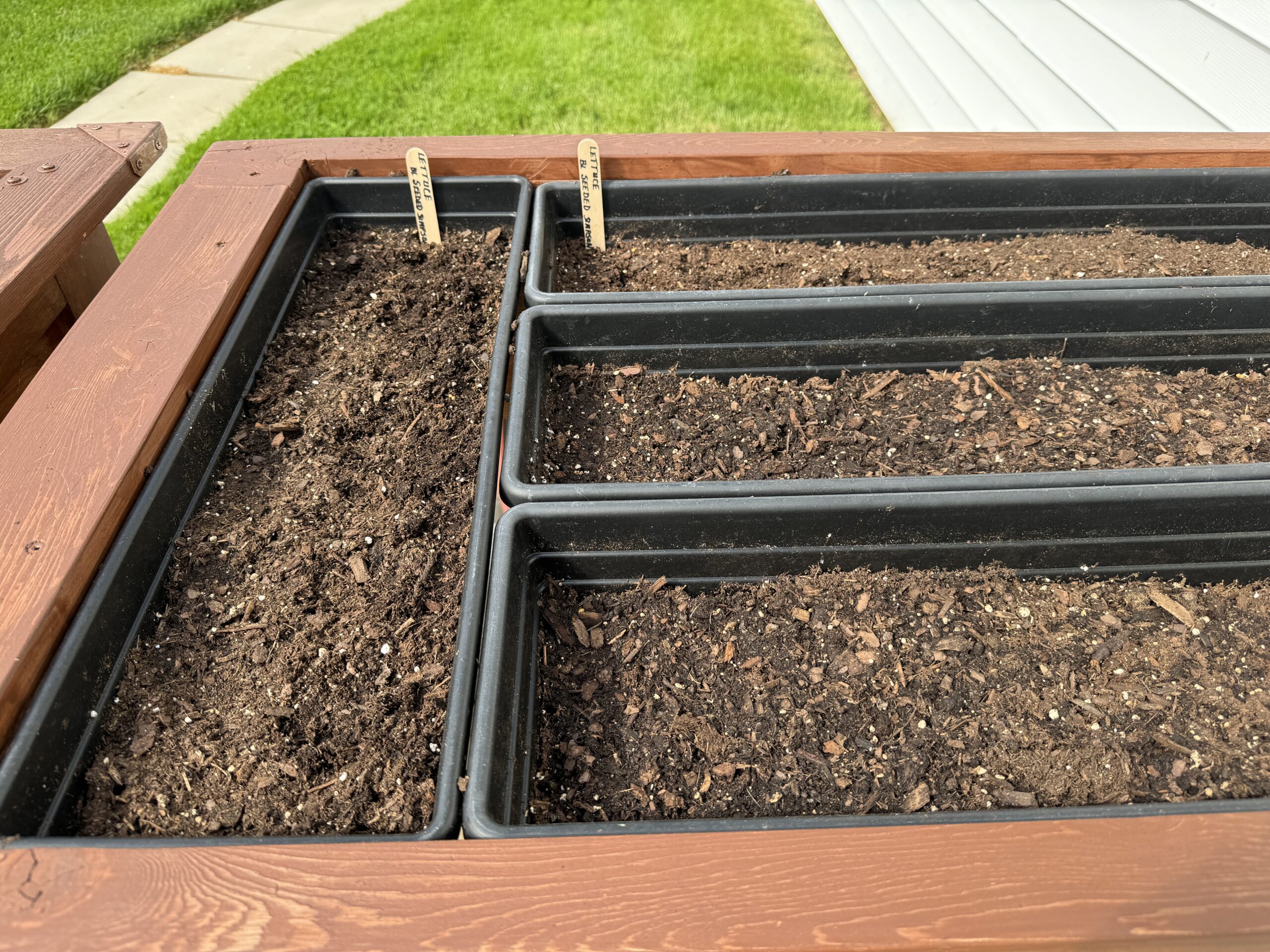
Along the outside edge of the patio, I’ll plant Little Gem lettuce…it’s supposed to make little heads so I tried to put just 1-2 seeds in each hole and spaced so I don’t have to thin them out. It doesn’t look very exciting right now, but these planters keep everything up and away from roving bunnies looking for a snack!
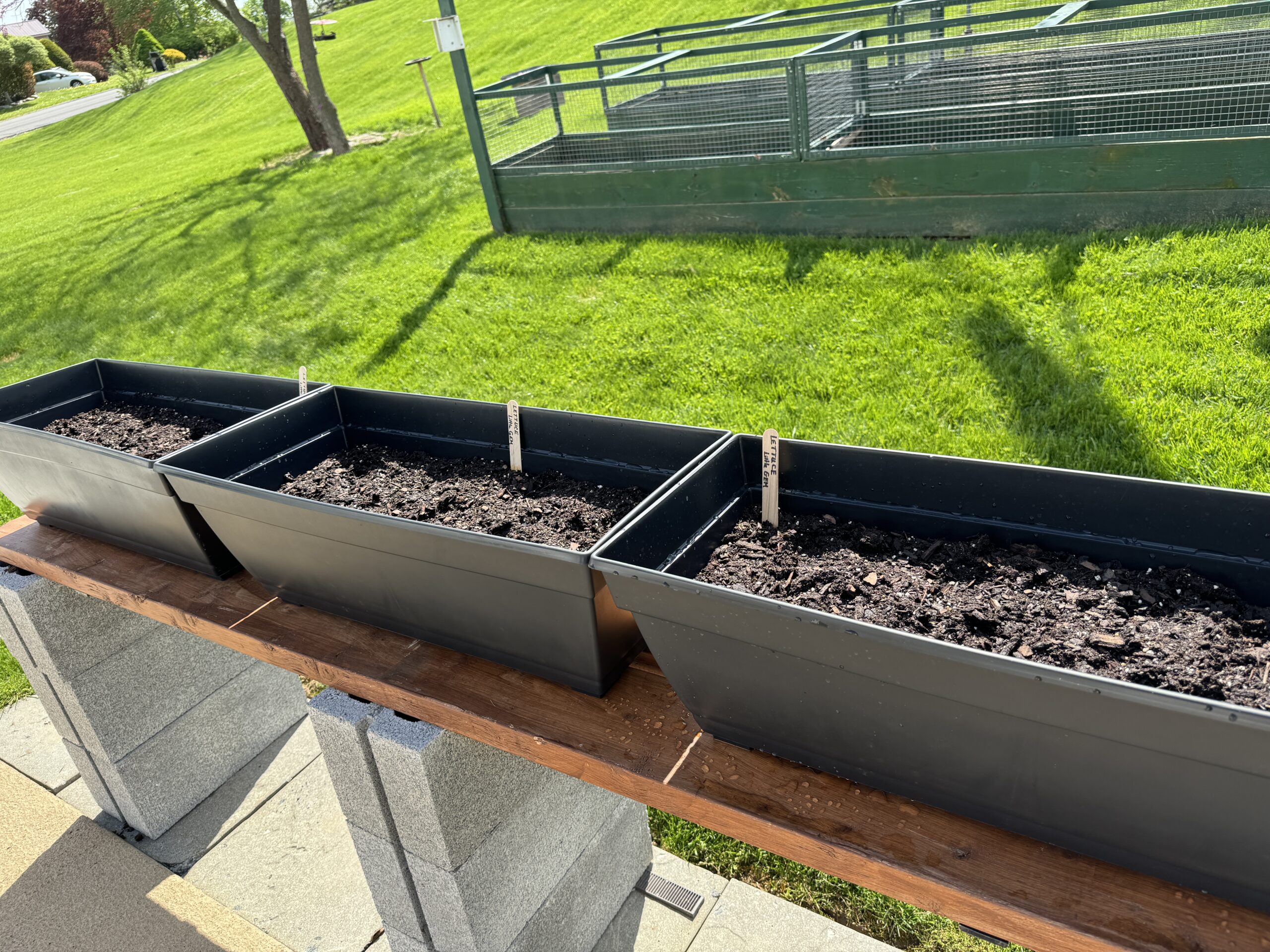
Then, in the fenced beds just off the patio, I’m trying Sugar Snap peas so they can use the fence to climb up. I haven’t done peas for quite a while, so we’ll see if it’s worth the effort!
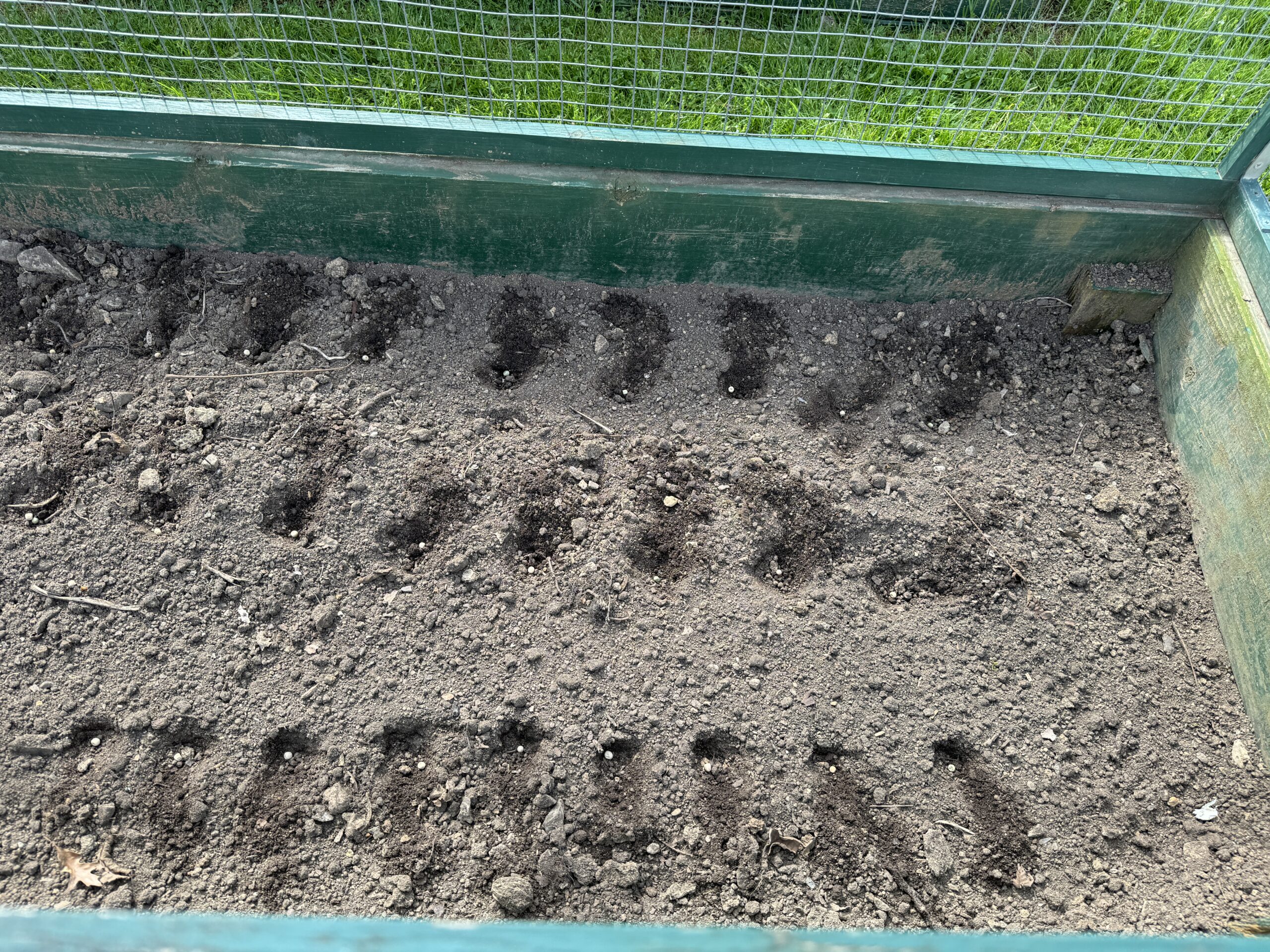
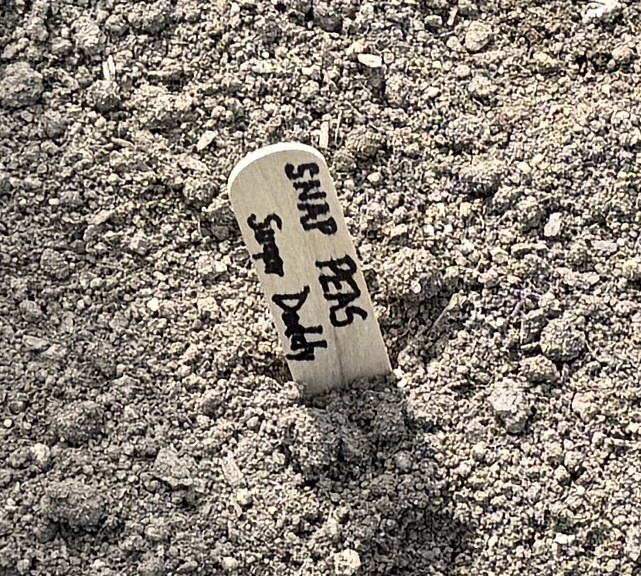
Bert has the upper garden tilled and ready to go but it will be the middle of May before those seeds and plants go in the ground. Next is probably setting up the rain barrels.
So, there is the beginning of our 2024 garden. Hopefully, everything will be more colorful in the next month! Enjoy!

